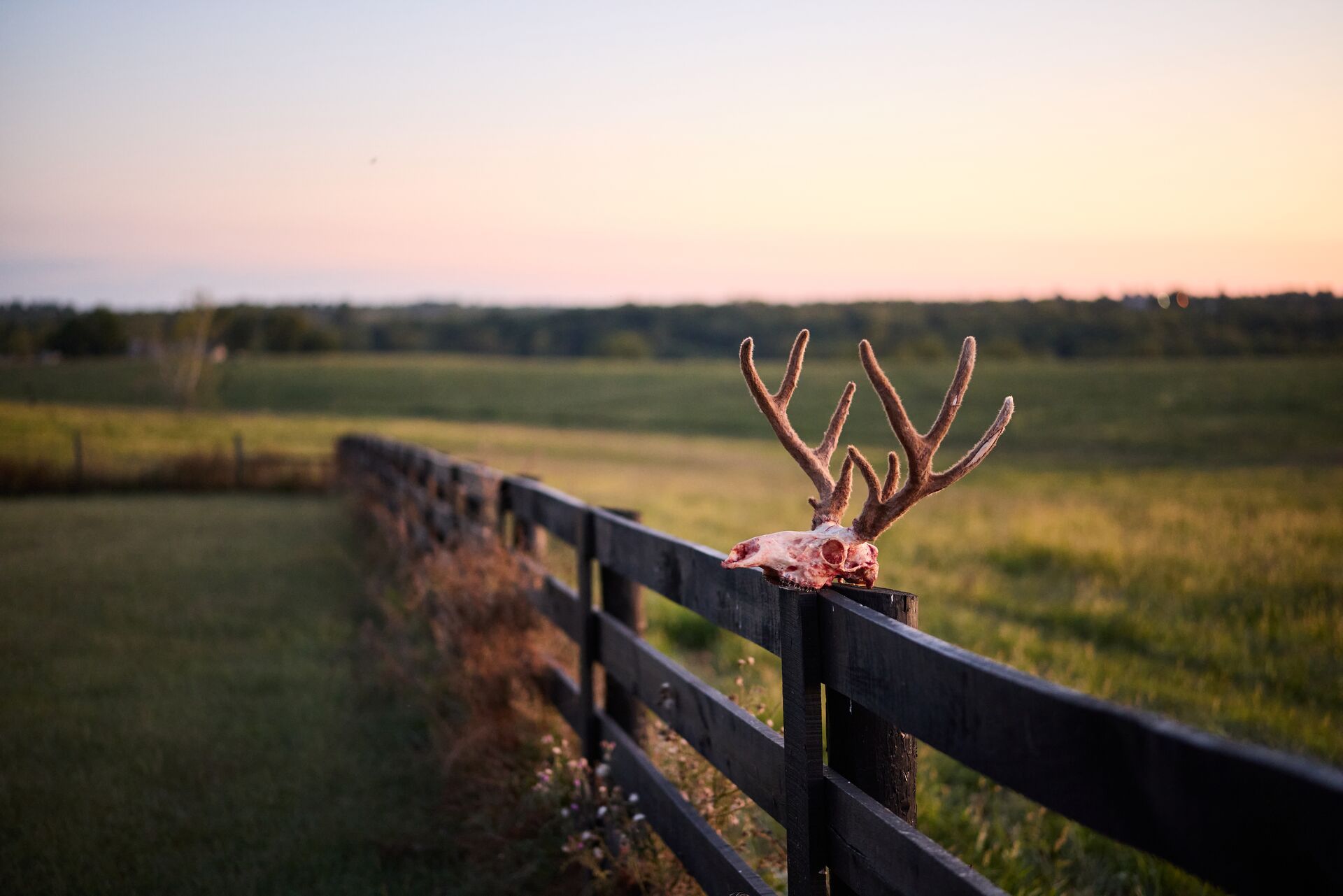Field Guide / Best Times to Hunt
Best Times to Hunt: The Ultimate Species-by-Species Guide
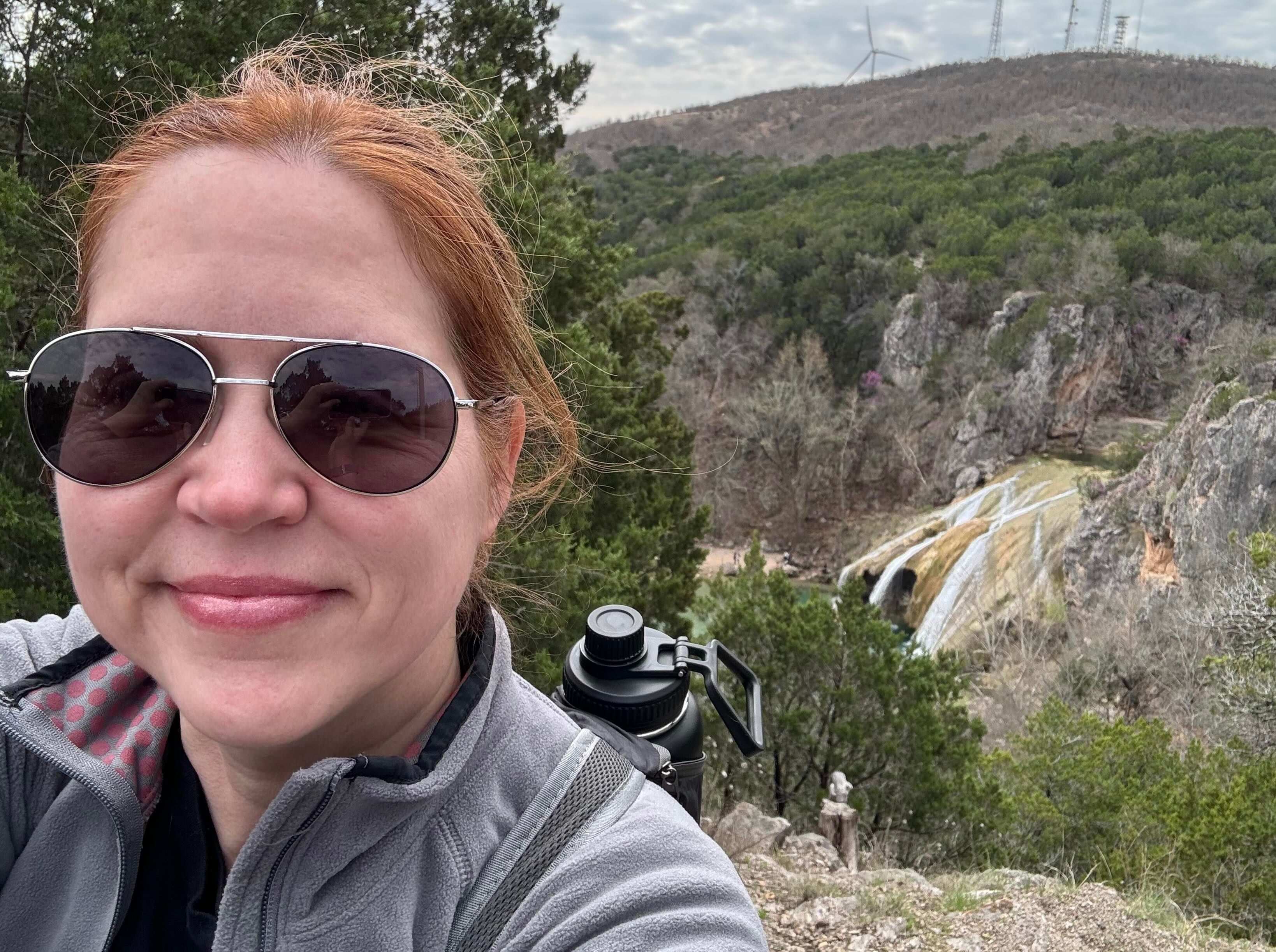
21 Minute Read
Hunting at the wrong time (or at a less-than-ideal time or at the spur of the moment) can be fun, but it's also likely to leave you heading home empty-handed.
There's definitely something to say for the thrill of a free Saturday that you didn't expect to have, grabbing your rifle, and heading out into the woods to hunt on a whim. Plenty of hunters have had success doing just that. And there's something to say about just taking advantage of every moment you can spend outdoors, even if you don't end the day with a successful harvest.
However, the most successful hunters know that timing is everything when it comes to efficient, consistent success in the field. No matter what animal you hunt (deer, turkey, elk, coyote, ducks, etc.), there are ideal times to be in the field, and there are less ideal times to get outdoors and try to bring home the game you're after.
Weather, daylight, the wind, moon phases, and seasonal behavior impact animal movement (and your success) during hunting season. How do you factor in these elements (and others) to know the best times to hunt?
We're here to help! By the end of this guide, you'll know how various factors impact when animals move and how to determine the best hunting times for the species you plan to hunt, including tools and resources to help you plan better.
We'll cover:
Let's get started.
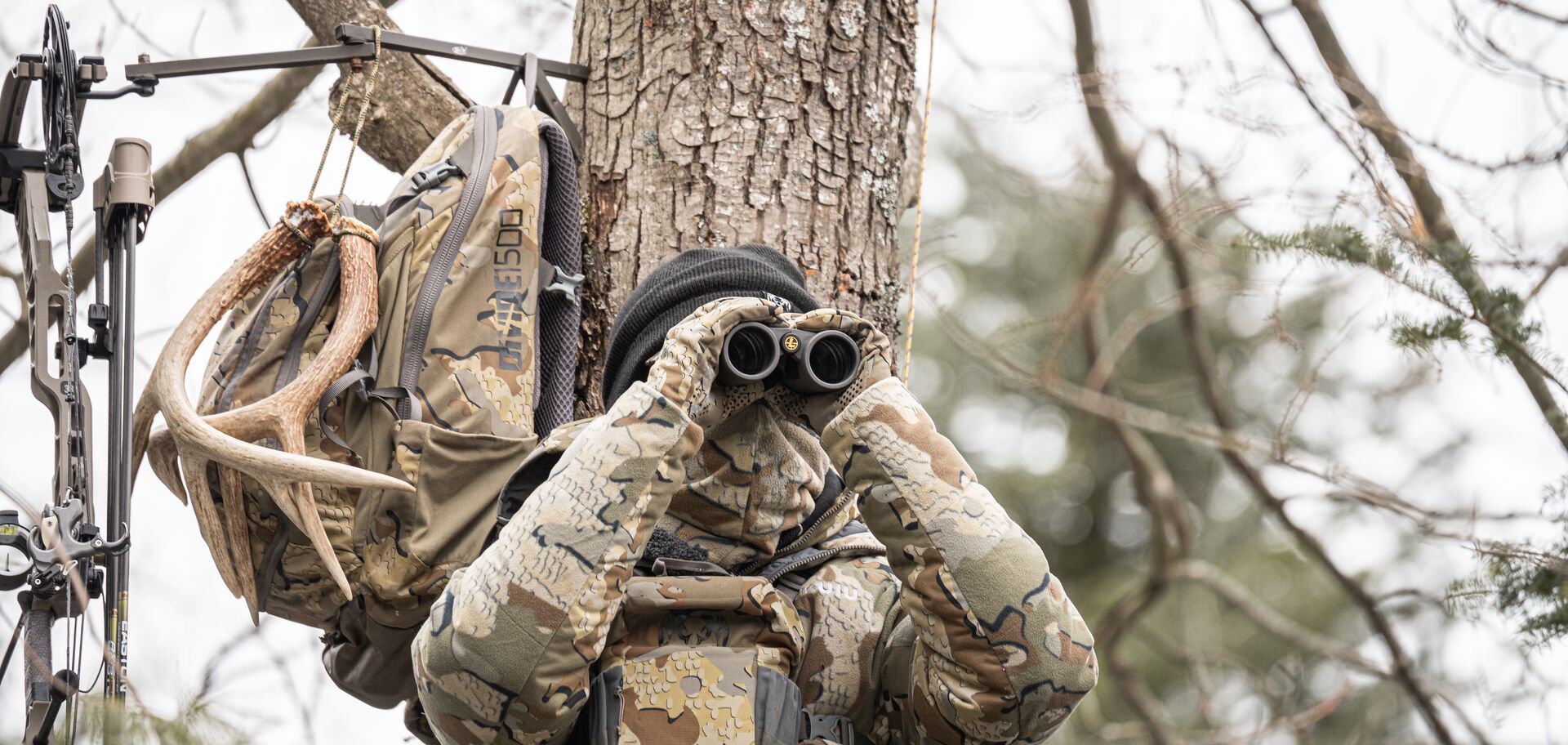
Why Timing Matters in Hunting
Early hunters may not have had the luxury of pinpointing specific times of day to hunt. When they needed food, they headed out and hunted until they brought something home.
Today, however, "free" time is more scarce, and more time is devoted to 9–5 jobs that keep many avid hunters from being in the field as much as they'd like to be. So, efficiency is crucial in the field, helping hunters balance work, life, and hunting during the open season.
If you want to increase your chances of a successful hunt when you only have a weekend or a few days to hunt each season, you need to understand when to plan your time in the field. Timing matters if you want to put more meat on your table or in the freezer.
What Impacts the Best Time to Hunt?
If animals wandered out into the open any time you stepped into the woods or the duck blind, hunting would be far less challenging. Maybe that's something you hope for as a hunter.
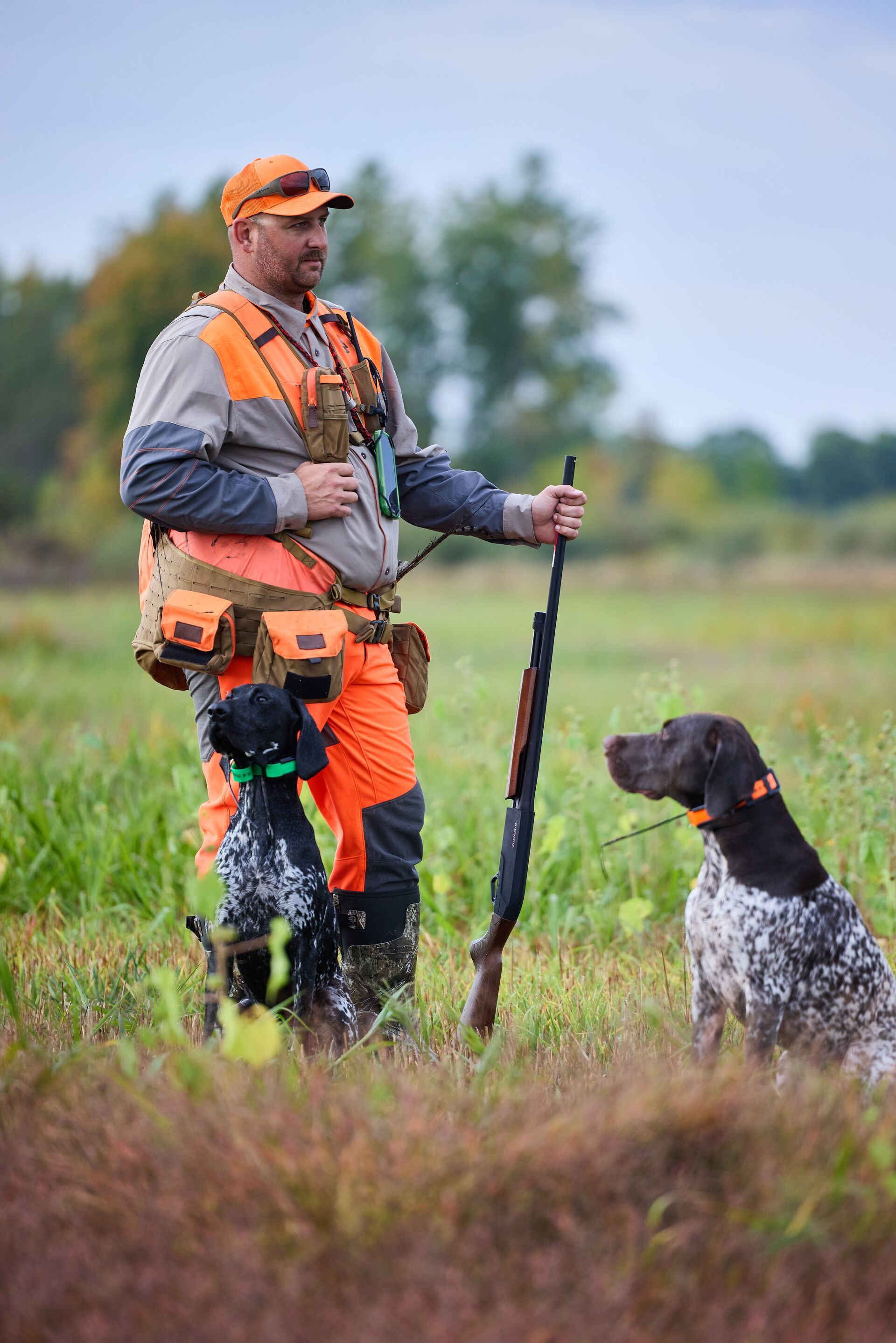
However, that's not typically the case. So, it's important for hunters to time their time in the field to capitalize on opportunities for success.
Understanding timing and the factors that affect it is important because:
- Animal Behavior Changes: Feeding, breeding, and migration cycles dictate when animals are most active. The ideal timing for a hunt changes through the season (month to month) and throughout the day.
- Environmental Conditions Change: Light, wind, and temperature impact movement and scent control. These elements can make a morning hunt a terrible idea, while waiting until dusk could be the best time to bring home a buck.
- Hunters Want an Advantage: Understanding timing increases ethical shot opportunities and success rates. Plus, if you can pinpoint a time with insights that most other hunters don't have, you'll find lower-pressure hunting opportunities with bigger yields.
- Legal Seasons and Conservation Must Be Followed: States set seasons to balance population health and hunting pressure. As an ethical hunter, you have a responsibility to plan hunts only during open seasons when it's legal to tag the game you're after.
Game animals have movement patterns based on feeding, sleeping, breeding, and more. So, it's crucial for hunters to understand the factors that determine the ideal timing for being in their tree stand or hunting blind to get the best shot at lining up that buck or turkey.
Factors That Determine the Best Time to Hunt
It's not only about when they eat and sleep. There are several factors that can work together (or not) to help you determine the best days to be in the field for a hunt.
Time of Year
In addition to planning your hunt only during open hunting seasons, the time of year can cause animals to behave differently than they do at other times of the year.
These behavior fluctuations can include:
- Breeding/rutting seasons: This is typically a time of higher activity (especially from males) as they jostle over dominance and chase females to mate. The rutting seasons will vary based on the species.
- Migration periods: When animals move from one place to another for various reasons. For example, waterfowl migrate annually in the fall from north to south.
- Seasonal feeding patterns: Animals change their movements based on the types of crops or food they eat, when it's available, whether it changes throughout the year, and other factors related to year-round feeding.
Hunters can manipulate (or support) some of this activity by planting food plots targeting what deer need nutritionally throughout the year as it changes, for example.
Time of Day
For many game animals, hunting early or late in the day is the ideal time to hunt.
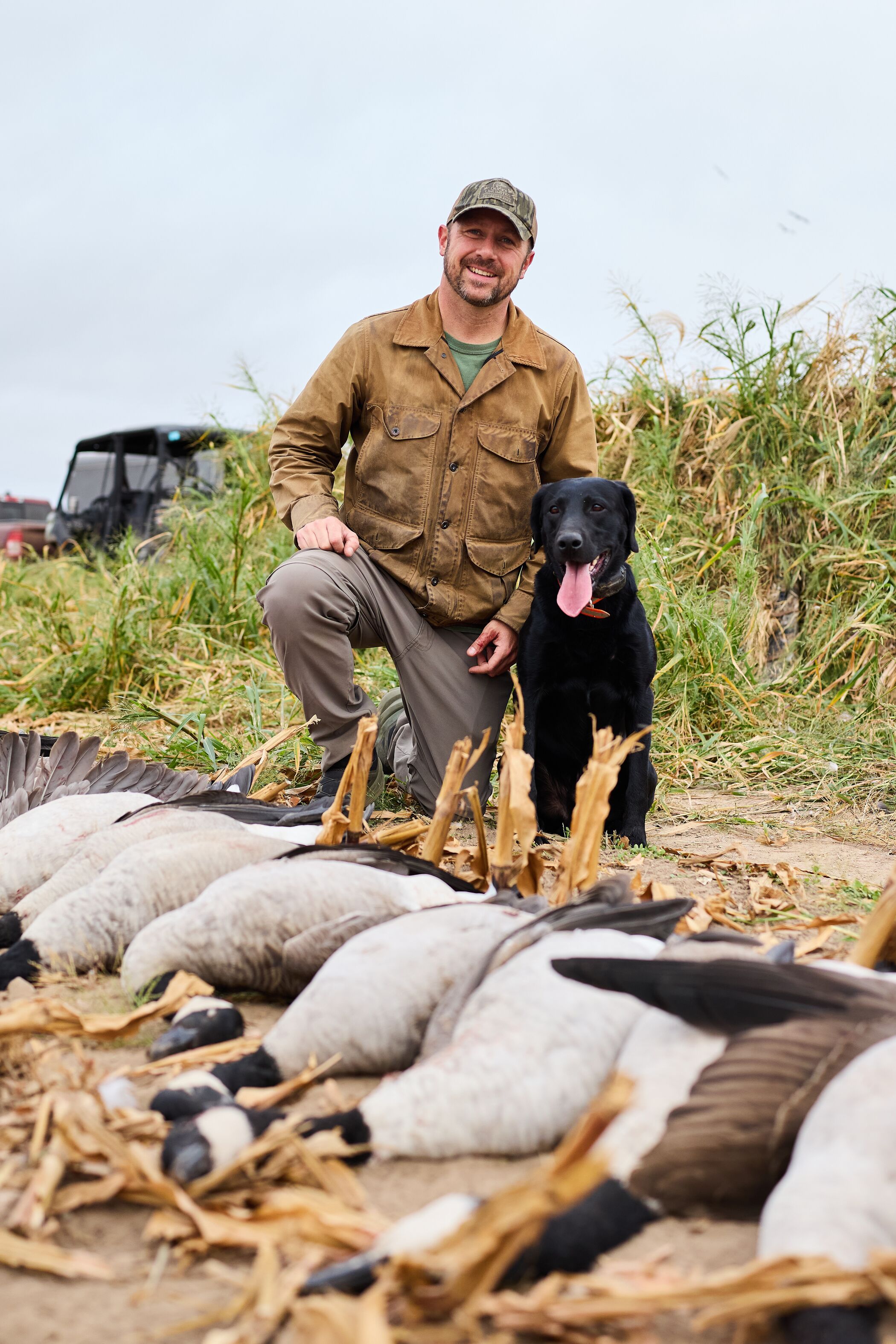
However, while they shouldn't be counted out completely, midday hunts aren't always the most optimal times to find wildlife up and about. Most animals tend to retreat into hiding spots (especially during the hot seasons when midday is the hottest part of the day) to conserve energy and elude hunters and predators before evening movement.
This means getting up and out in the field early (while it's still dark) or later (as the sun goes down) can be the optimal times to catch animals moving from feeding to bedding locations and out of their midday hiding spots.
One exception to this is the rutting season, when it's common to see males out during the day, chasing females or pushing other males around to establish dominance.
Weather Patterns
Changes in the weather have a significant impact on animal behavior. Cold fronts, rain, snow, and barometric pressure changes can either encourage more animal activity or suppress it.
For example, waterfowl or upland birds are more likely to fly in light winds and cloudy conditions (hiding in the cloud cover) vs. on bright sunny days. Animals also respond to shifts in temperature and storms. Take note of deer behavior before and after a storm rolls in, and you're likely to see more activity than during the storm.
Using a hunting weather app (like HuntWise) can help you plan around weather changes, so you can take advantage of animals moving more in anticipation of a cold front or following a big storm.
Wind and Thermals
Wind direction affects scent control and stand or blind placement. While you shouldn't necessarily avoid hunting on a really windy day, understanding the wind direction and how it will change throughout the day can help you adjust your location and enter your hunting area without getting winded.
Understanding thermals when hunting in mountainous vs. flatland areas is also crucial for determining the best times to hunt.
The WindCast feature in the HuntWise app is the best tool to plan hunts around the wind.
Moon Phases
There's plenty of debate among hunters about whether the phases of the moon truly do affect animal behavior. There's probably some truth to the argument that it does, and there's also some truth that it's not a significant factor in animal movement, depending on the species you're hunting.
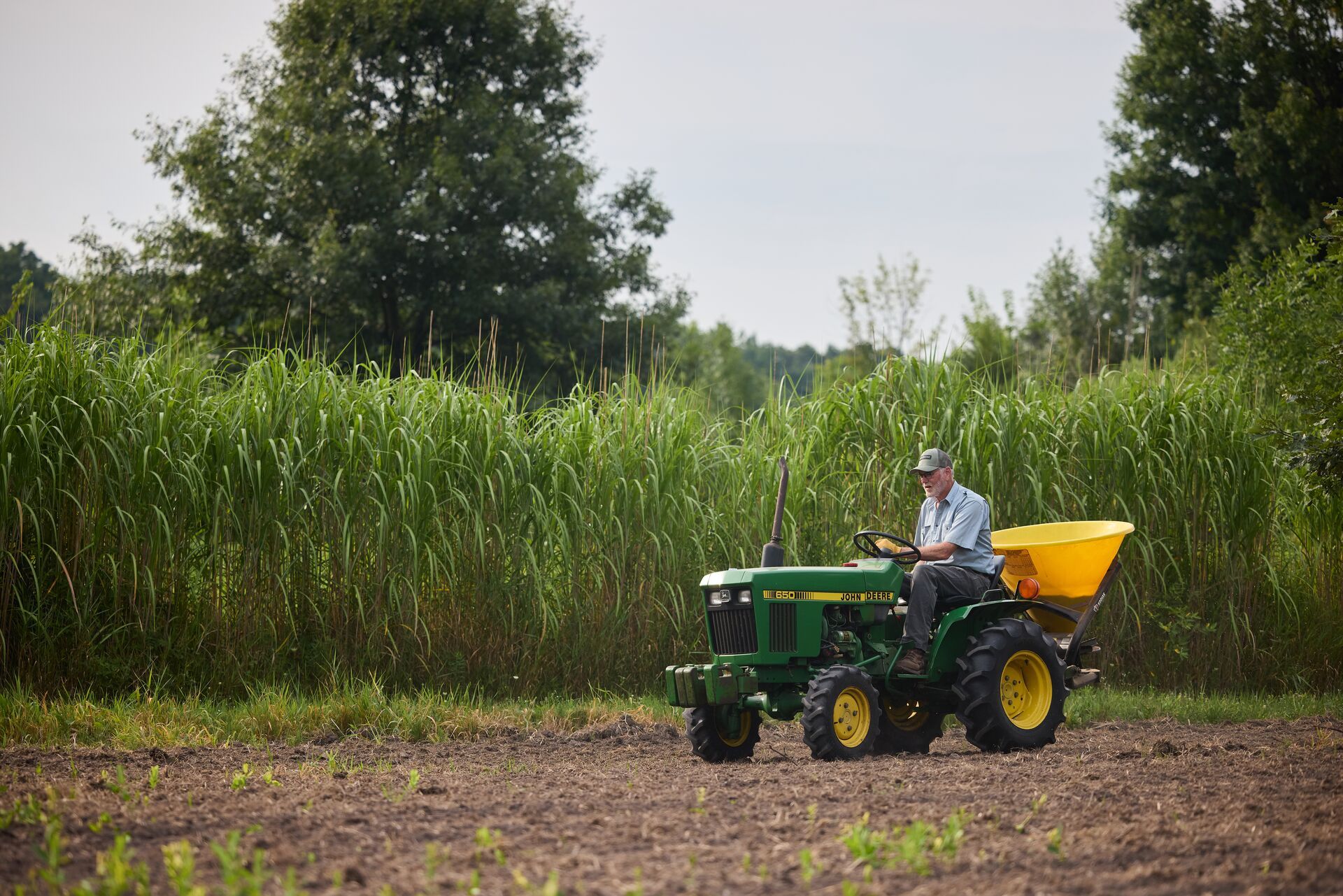 Whether you prioritize moon phases when planning your hunt or not, it's something to keep in mind. Even if moon "phases" aren't a primary factor, when the moon is full and there is more light at night, many animals are less likely to move around to avoid being seen by predators.
Whether you prioritize moon phases when planning your hunt or not, it's something to keep in mind. Even if moon "phases" aren't a primary factor, when the moon is full and there is more light at night, many animals are less likely to move around to avoid being seen by predators.
Habitat and Food Sources
Again, food availability and varying nutritional needs throughout the year can significantly affect where animals are and their movements throughout the day.
Pay attention to the crops available in the spring vs. the fall, what the animals you're after eat, how they migrate through an area depending on their nutritional needs at different times of year, and when crops are harvested. This knowledge can help you track herd movement, herd size, and the sizes of individual animals as they feed at specific times of year.
Food availability and location in proximity to bedding or roosting areas also impact where animals travel and spend throughout the day.
How Timing Varies by Species
No two animal species have the same movement patterns.
While there are similarities in concepts (feeding times, bedding times, migration patterns, etc.), deer don't have the same movement patterns as turkeys, elk, or upland birds like pheasants or quail.
So, the thing to keep in mind here is that it's crucial to learn the specific behaviors and movements for each species you plan to hunt. Even among variations within a species (like mule deer vs. whitetail), don't assume that the behaviors of one will be similar to the behaviors of another.
When determining the best times to hunt, get specific about the species, learn about their behavior in the area you plan to hunt, and use HuntWise animal movement insights to get detailed forecasts for the best days and times of day to get into the field.
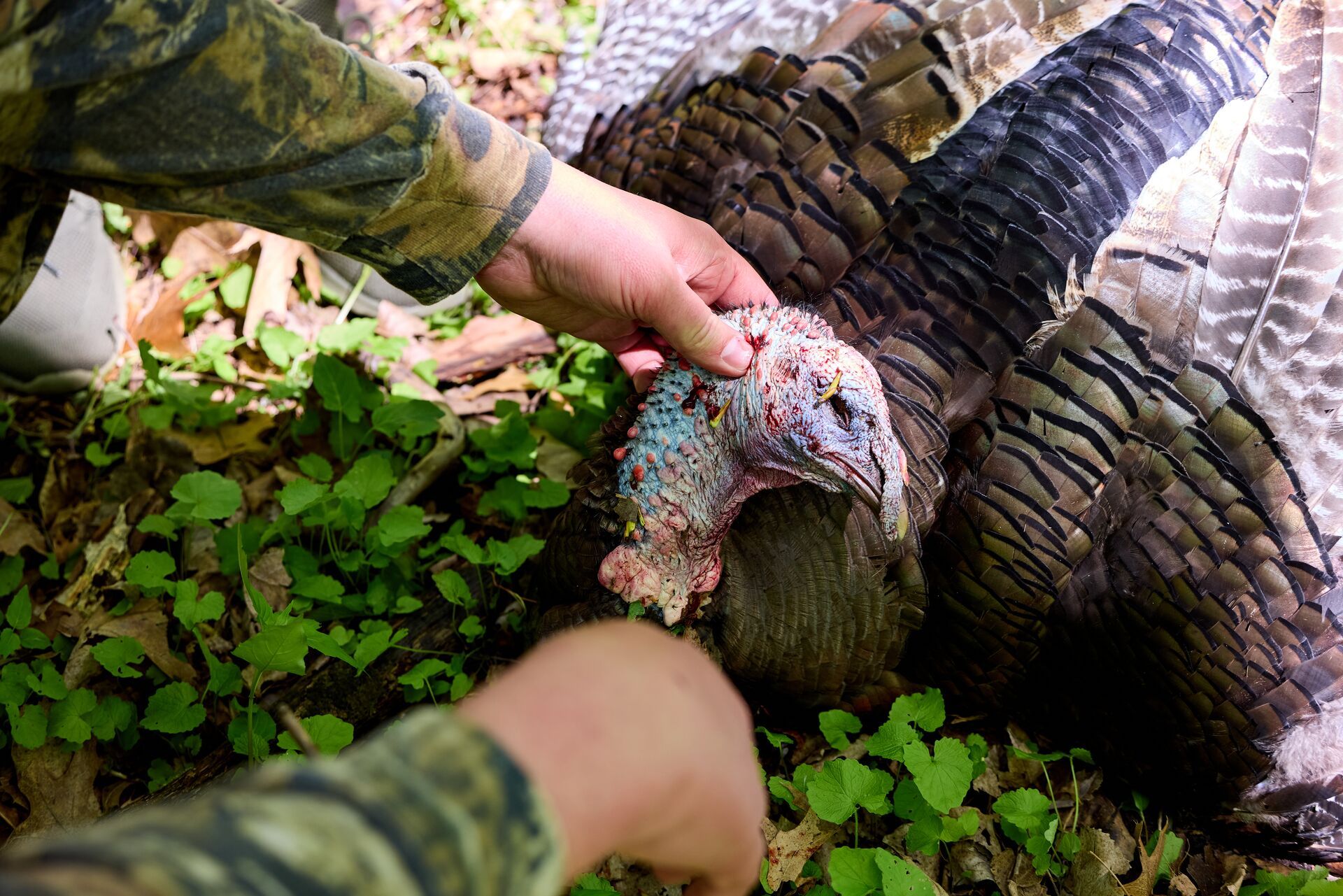
The Best Times to Hunt (Species-by-Species Guide)
With all of the context we just shared, let's get specific. Next, we'll cover the best time to hunt for a range of the most commonly hunted game animals in the US.
With this information, you'll have the insights you need to plan your next hunt! Getting out when the timing and conditions are optimal will greatly improve your rate of success as a hunter.
When is the Best Time to Hunt Deer?
Depending on the type of deer you hunt, the best time to hunt can vary. Let's talk about three of the most sought-after deer types in the U.S.:
Best Times to Hunt Whitetail Deer
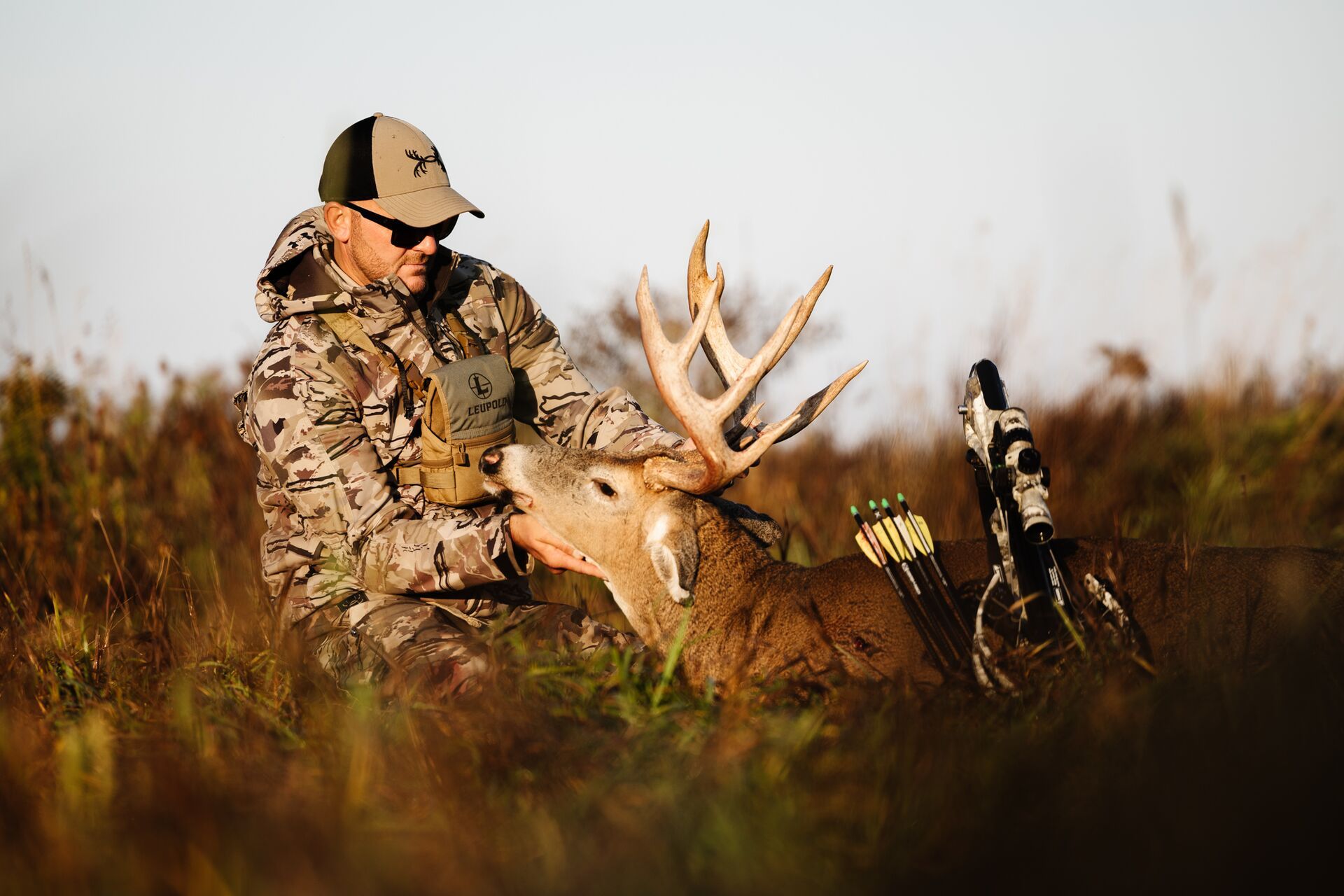
Many hunters will argue that the best times to hunt whitetail are any time you have a free day during the open season (and they aren't necessarily wrong). Whitetail hunting is one of the most popular hunts of the sport. Getting out in the woods and being in nature while chasing after a whitetail is a really good day, whether you come home with one or not.
However, if you want to be more precise about your time in the field and increase your chances of tagging out, timing is everything.
The best time to hunt whitetails is during the rut, typically from late October to mid-November. Many hunters also have a lot of success during the late-season cold fronts, when late-season hunts are available in their areas. The best conditions are typically frosty mornings, calm winds, and overcast skies.
In preparation for your hunt, use trail cameras and the mapping tools in the HuntWise app to scout the best places to set up for your hunt. Look for travel corridors between bedding and feeding areas. Place your trail cameras here and scout these corridors using the HuntWise map layers to learn everything you can about deer movement in these areas.
During the hunt, use scent control and rut calls when hunting during that prime October-November timeframe.
The Best Times for Mule Deer Hunting
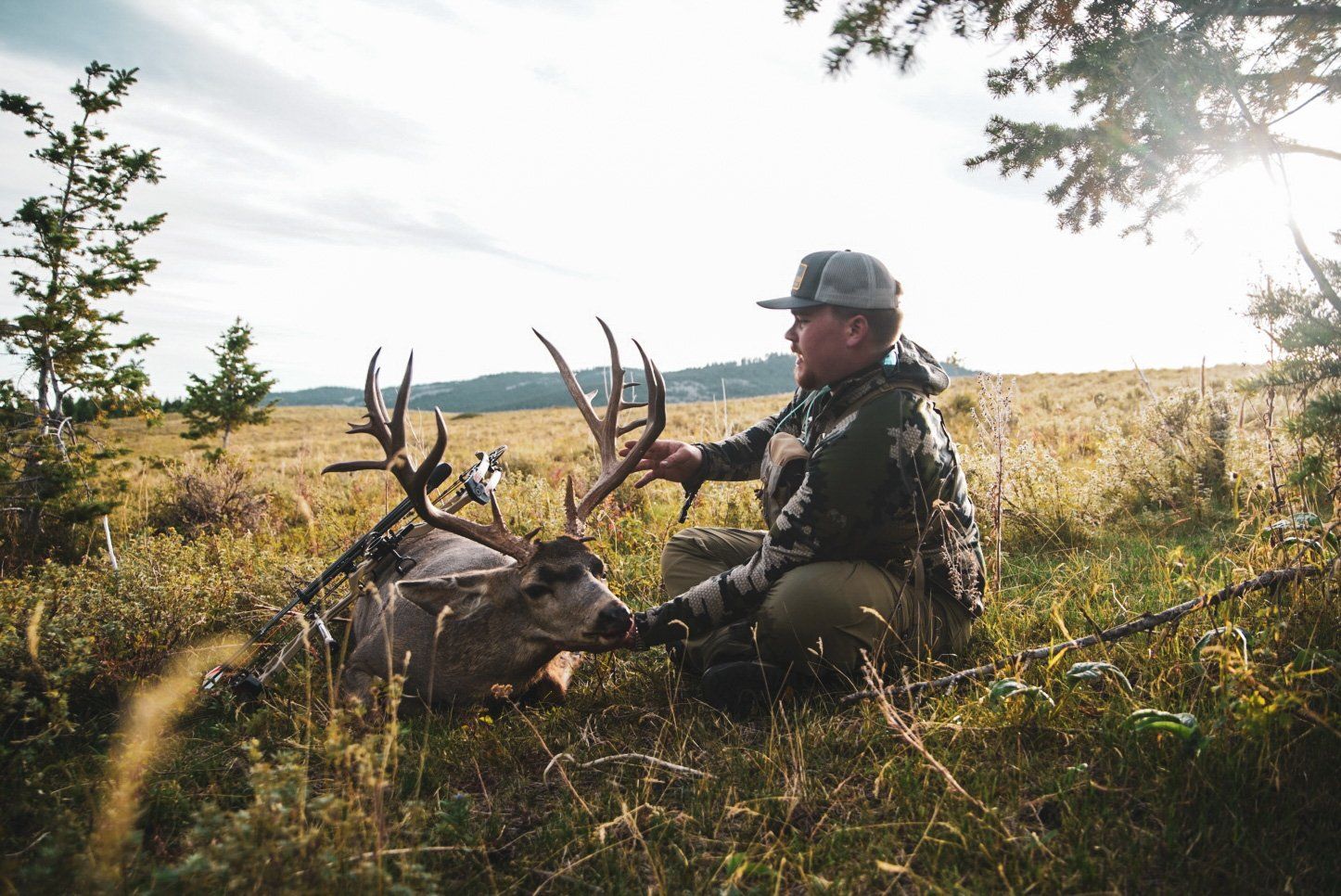
Remember: the best times to hunt all deer species are not necessarily the same.
Mule deer hunts are challenging and, in most cases, completely different from hunting whitetail. You'll find mule deer in higher, rougher terrain. While hunting from a blind or tree stand are common strategies for hunting whitetail successfully, many hunters have the most success with good optics and a spot-and-stalk strategy when hunting mule deer.
Just as strategies and terrain vary, so do the best times to hunt. For a successful mule deer hunt, the best time of year is the pre-rut in early November and the high-country archery season.
Time your hunt around early snows when this type of weather pushes mule deer lower (out of the highest areas that can be difficult to
Best Times to Hunt Black Tailed Deer
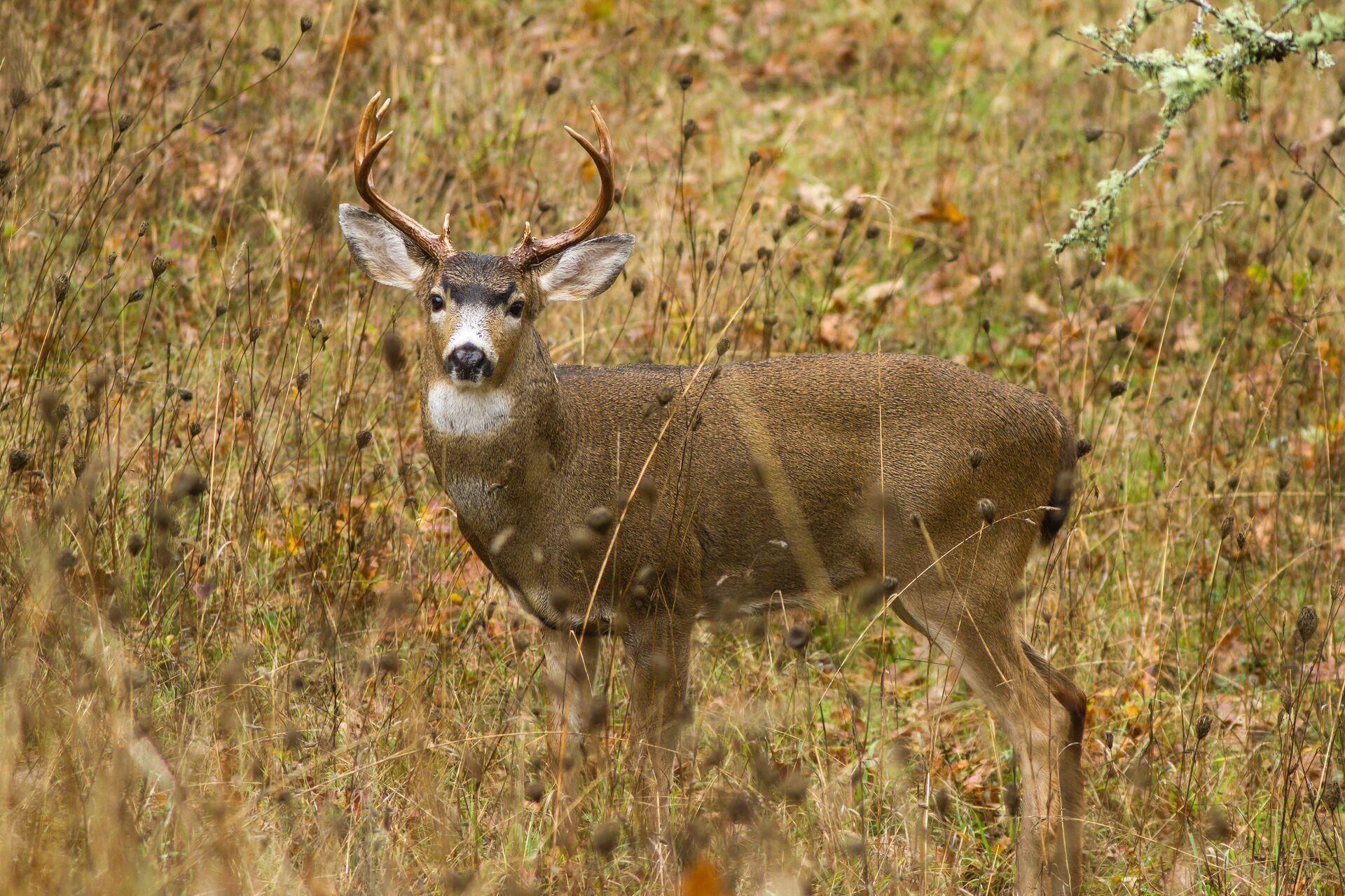
While they are a subspecies of mule deer, don't assume that black-tailed deer operate the same way.
The best timing for hunting blacktails is typically the late October–December rut. These deer tend to move more during drizzly and foggy conditions. You'll see movement spikes after a good rain.
Your hunting strategy can be more like hunting whitetails. Use ground blinds, tree stands, and scent control for success.
When Is the Best Time to Hunt Waterfowl?
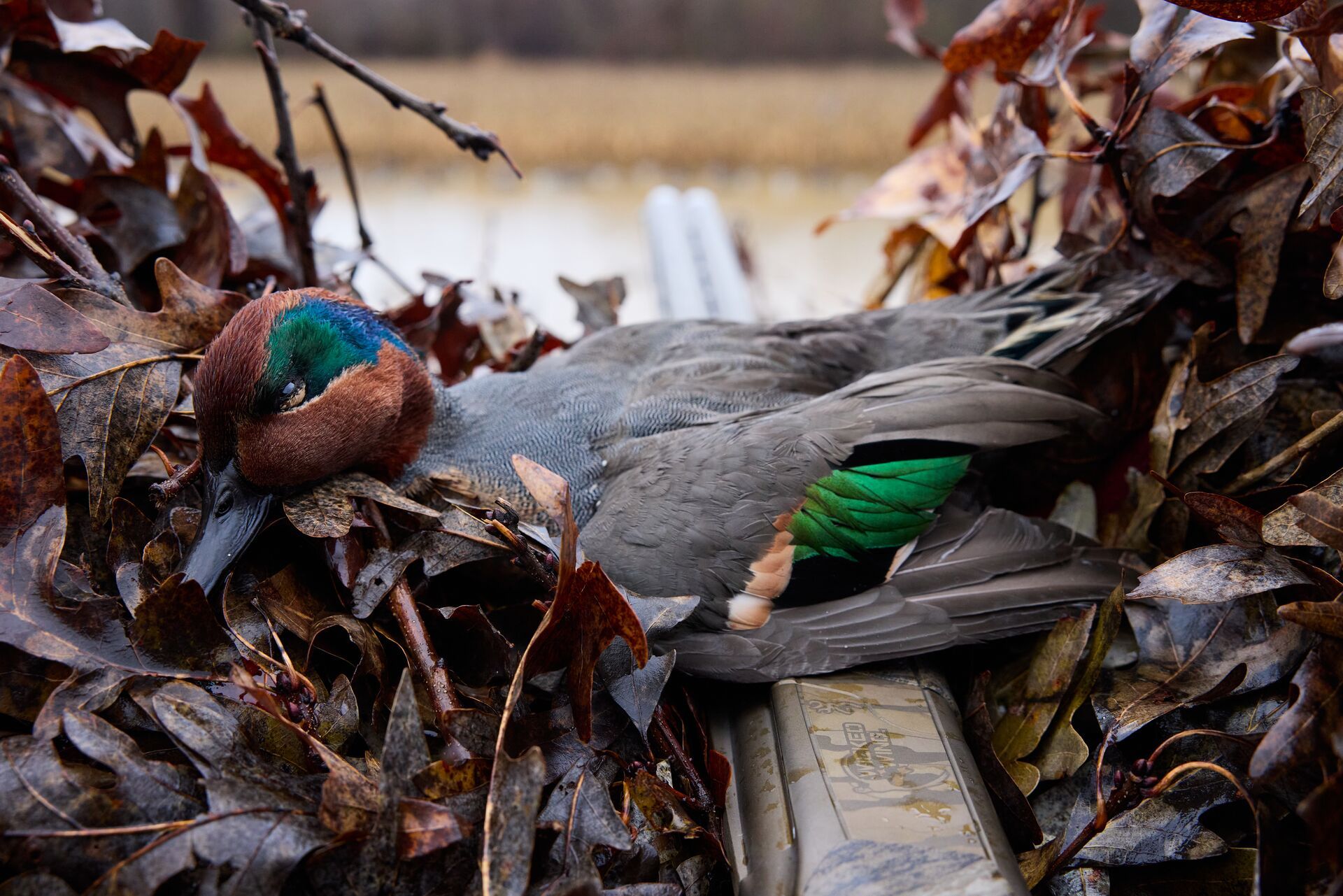
Knowing the best times to hunt ducks and geese can help you plan a hunt in and around your fall and late-season deer hunts!
Target the fall migrations for the best times for hunting waterfowl. While the open season dates in your area may start earlier, late fall and early winter can be the best times to plan your hunt. This is when most geese and ducks head south in search of warmer temperatures. However, the conditions could be cold and wet for your hunt, so plan accordingly.
During cold fronts, north winds, and cloudy days can be the best days to get out into the duck blind (just make sure you get out there before they do while it's still dark outside). Waterfowl prefer to fly with some cloud cover, making them less visible to predators against the sky.
Be strategic with your decoy spreads and use the right duck calls at the right times to bring those birds in for a landing.
What is the Best Time to Turkey Hunt?
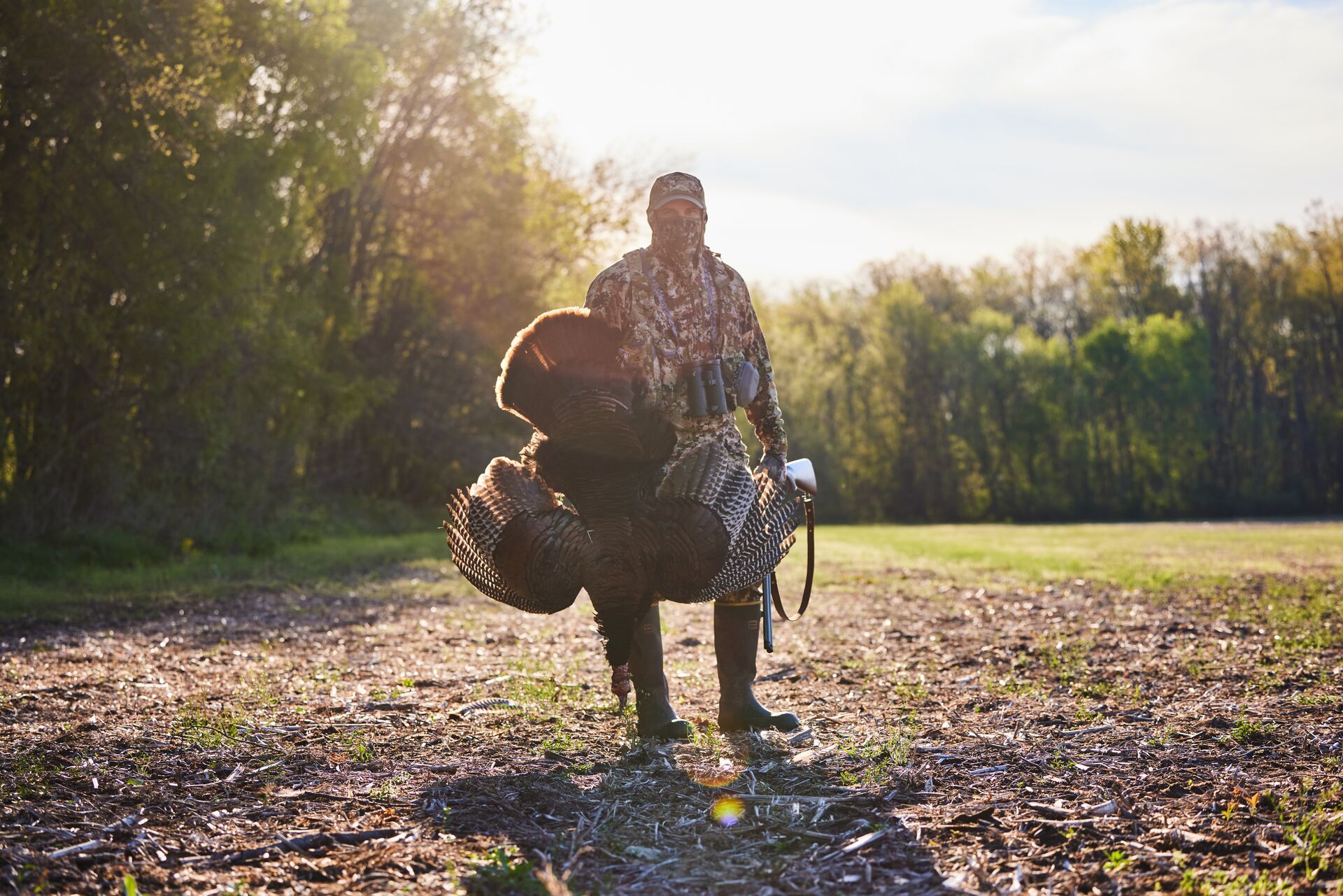
It's not really spring until you've geared up for a turkey hunt!
While some states offer fall turkey hunts, the best time to hunt turkey is in the spring. This timing targets the prime mating season from April to May.
Plan your hunts for calm mornings. If you can get out after a good rain, you're likely to see even more gobbler movement.
Turkeys don't have a great sense of smell, so scent control is less of a priority for turkey hunts. However, they have excellent eyesight. Dressing in head-to-toe camouflage and being very still until it's time to pull the trigger or let the arrow fly is crucial.
Pair the right time of day with the right turkey calls at the right time for success.
When Are the Best Times for Upland Game Hunts?
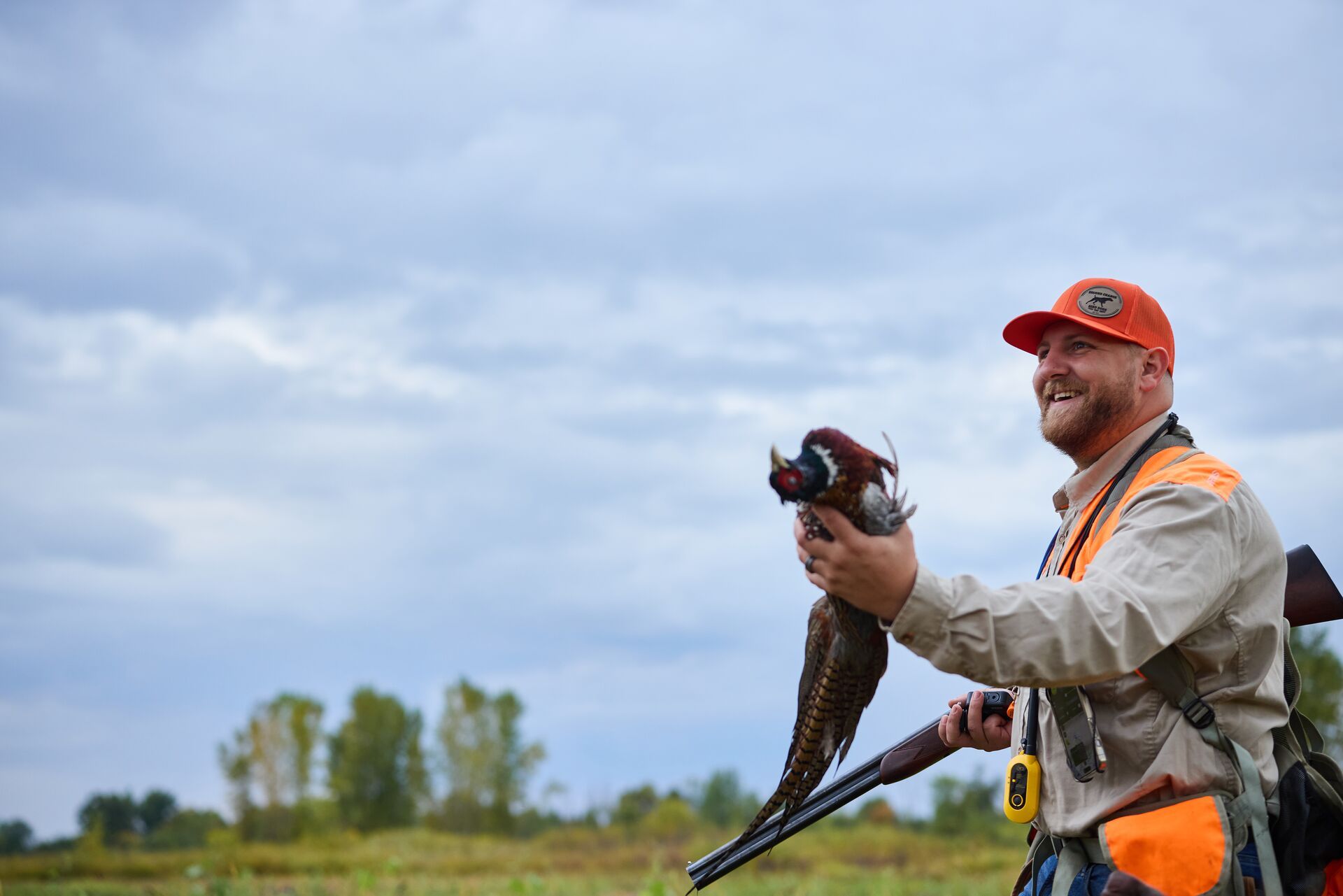
We're talking about pheasants, quail, grouse, woodcock, chukar, partridges, and other birds under the upland game umbrella.
Again, depending on the specific birds you plan to hunt, the ideal timing for upland bird hunts can vary. However, in general, the best times for upland game hunts are late fall.
Target early mornings when the birds are rousing from sleep and looking for food in the fields. Dry, crisp days are ideal for hunts.
Upland hunts can be excellent social events with hunting buddies and dogs trained to flush and retrieve birds. Make sure you have the right gear for these hunts, including blaze orange clothing and a well-patterned shotgun.
When is the Best Time to Hunt Elk?
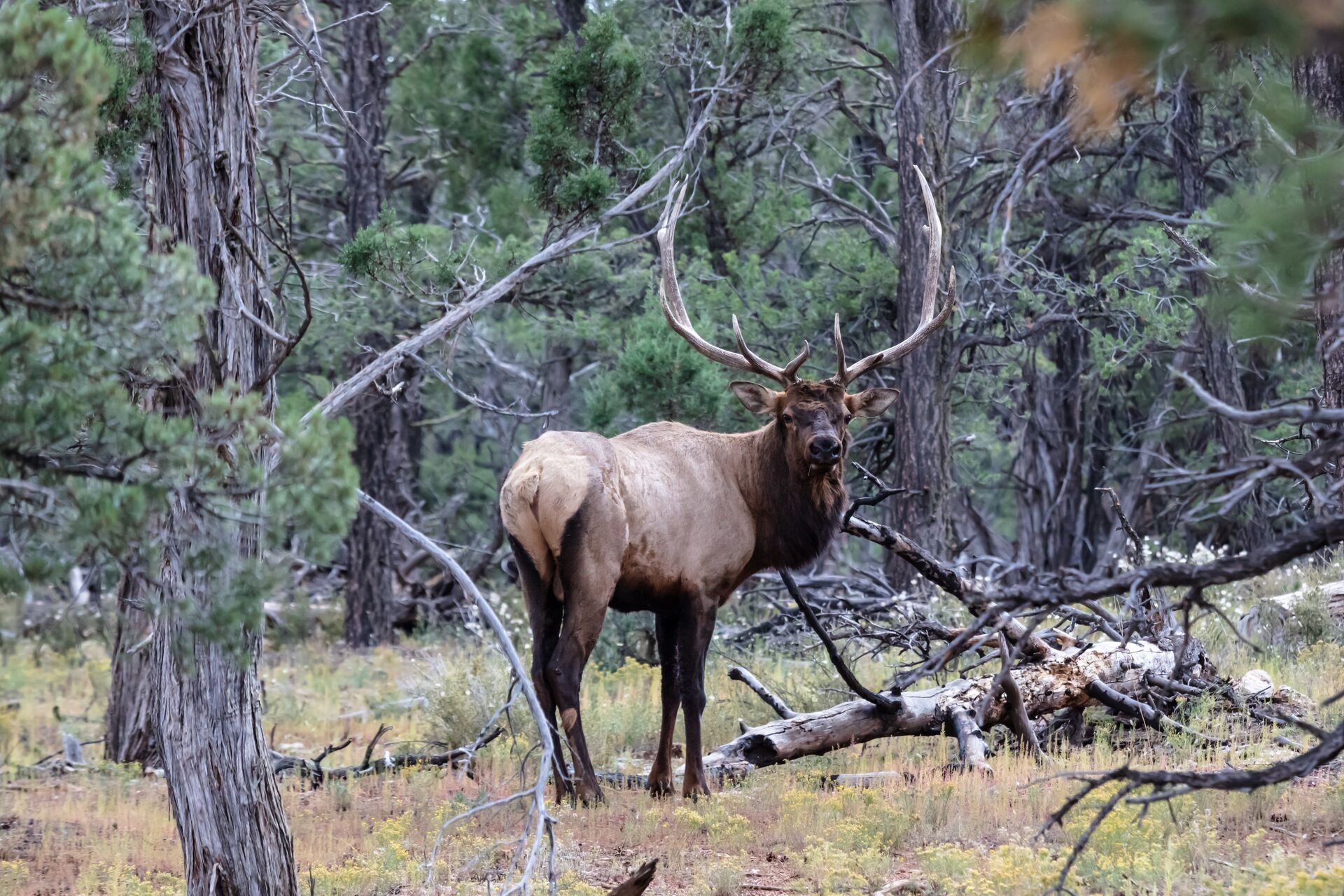
Planning a western elk hunt takes time and plenty of effort. Unlike hunting other game, an elk hunt can be months (or even a year or longer) in the making. From winning a draw for a tag, booking a guide, planning flights and hotels, and gathering the right gear, you don't want to risk anything once it's time to hunt.
Timing is crucial to make sure all of your elk hunting preparation pays off.
The best time to hunt elk is typically in September during the elk rut, which comes earlier in the fall than the deer rut. Target cool mornings and stable weather for your best chances of spotting these big animals when glassing.
Like deer hunts, target bedding-to-feeding routes. Depending on the location of your hunt, you'll be in challenging terrain with the potential for wind and colder temperatures. Plan your gear accordingly.
Don't forget to practice your elk bugle calls before your hunt!
When is the Best Time to Hunt Moose?
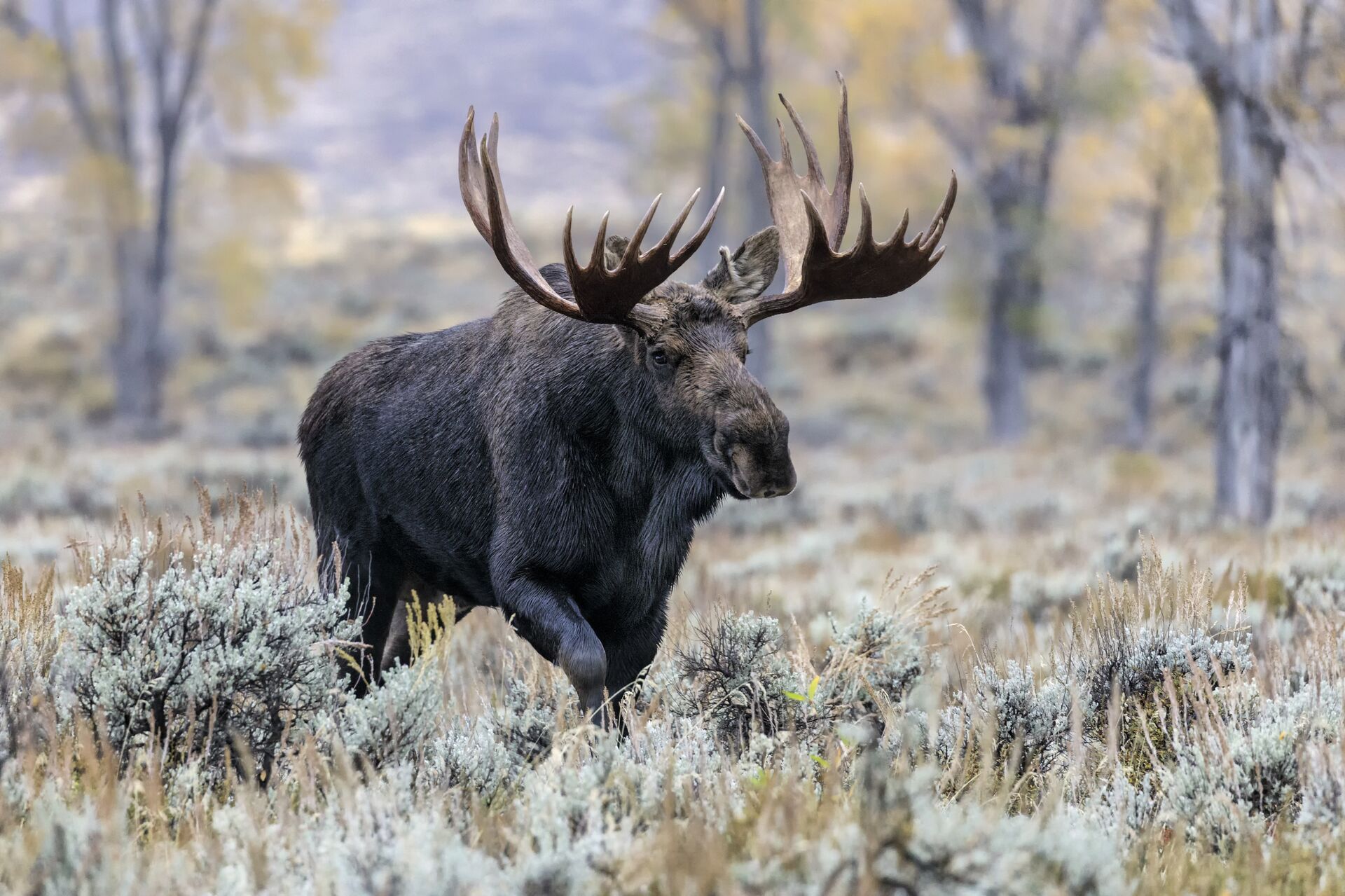
A moose hunt can be a once-in-a-lifetime experience, so you don't want to pick the wrong time for your hunt.
The best time for moose hunting is in late September through early October. As with other species, this timing is the rut for moose.
Plan your hunt for crisp mornings, even on light snow days. This can make it easier to track that bull moose around lakes, river edges, or burned timber.
You'll need a lot of patience for a successful moose hunt, along with good cow calls and antler rakes.
When is the Best Time to Hunt Coyotes?
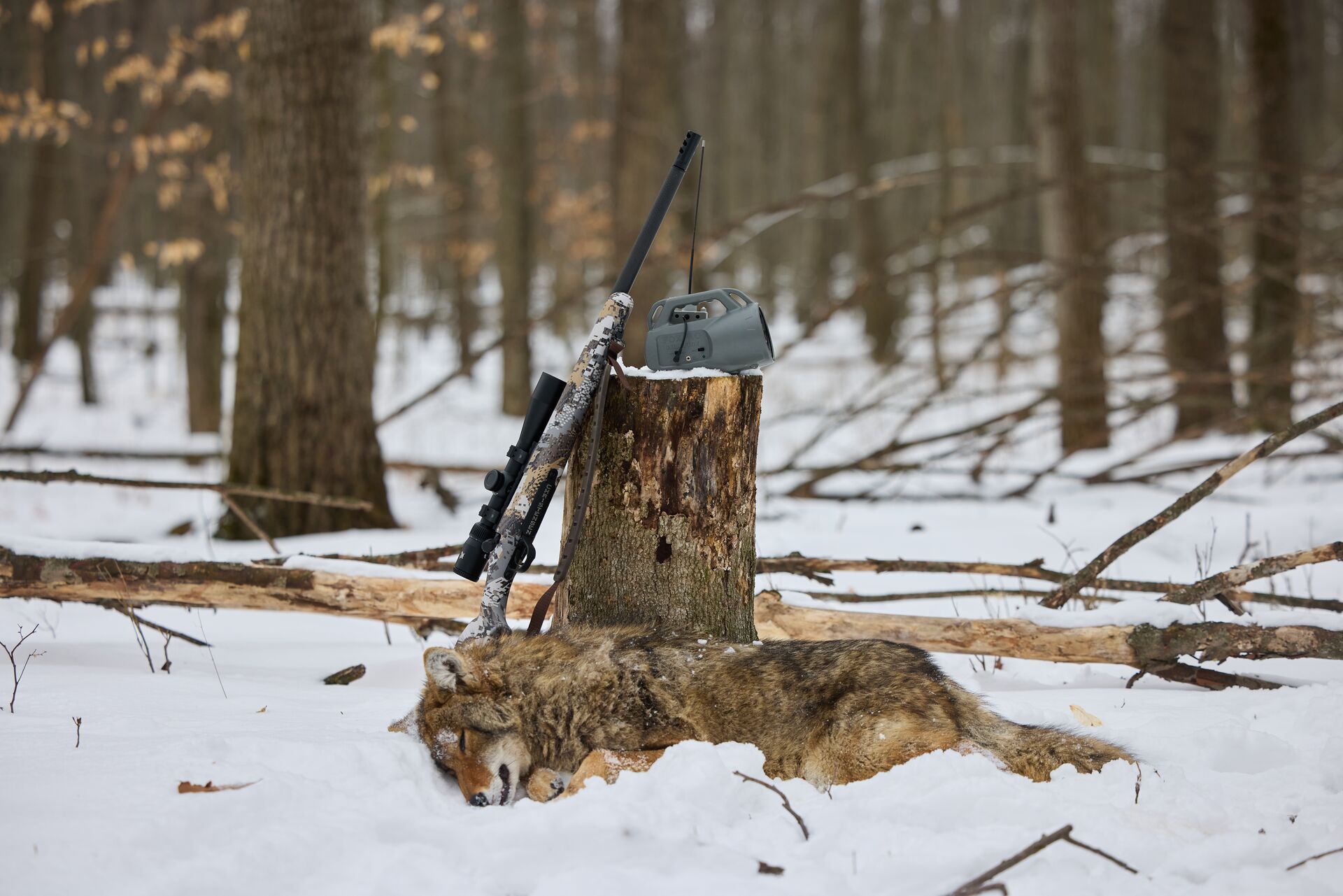
Coyotes are predators and nuisance animals. While they may be legal to hunt year-round (or almost year-round) in your area, you'll have better luck removing these predators when you time your hunt just right.
Many hunters prioritize coyote hunts during the winter months (specifically January and February), after deer season ends and before turkey season begins. This can be an opportune time to keep your skills sharp while helping protect game animal populations by removing coyotes.
These months are also the prime feeding season for coyotes, so they tend to be more active. They also don't hate the cold like other animals, so the best times to hunt coyotes can be cold, still mornings without wind or weather issues.
Make sure you have winter camo and a good rifle. Use distress calls and electronic callers (where legal) to lure them in. Coyote decoys can also help you attract these animals to where you've set up for a clean shot.
When is the Best Time to Hunt Wild Hogs?
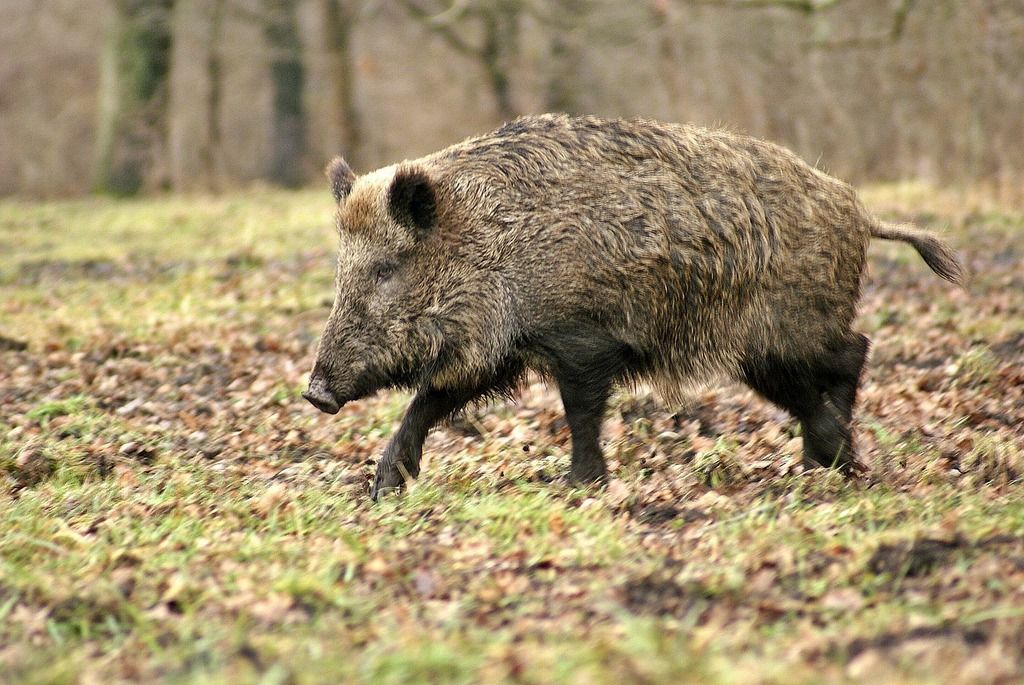
Wild hogs are also nuisance, destructive animals. They cause plenty of damage to crops, buildings, farms, and land. They're another animal that is legal to hunt year-round in many states where the wild boar population is out of control and causing significant damage to the area.
They're also a very fun, challenging, and dangerous animal to hunt.
Even though it can be legal to shoot a wild hog any day and any time, targeting the best time to hunt hogs can be a more efficient use of your time and lead to better success. Whether you're hunting for sport or to clear these animals off of your land, the best times for hunting wild hogs are typically summer months (at night) and dawn and dusk during cooler months.
Warm, summer days can be ideal for hog hunts, as hogs are active during warm, humid weather, especially near water. Keeping your skills sharp during a hog hunt after turkey season and before deer season starts is a great way to spend some summer days.
Make sure night hunting and the use of thermal optics are legal in your area. Many states also allow baiting, but check before applying this tactic to your hunt.
When is the Best Time to Squirrel Hunt?
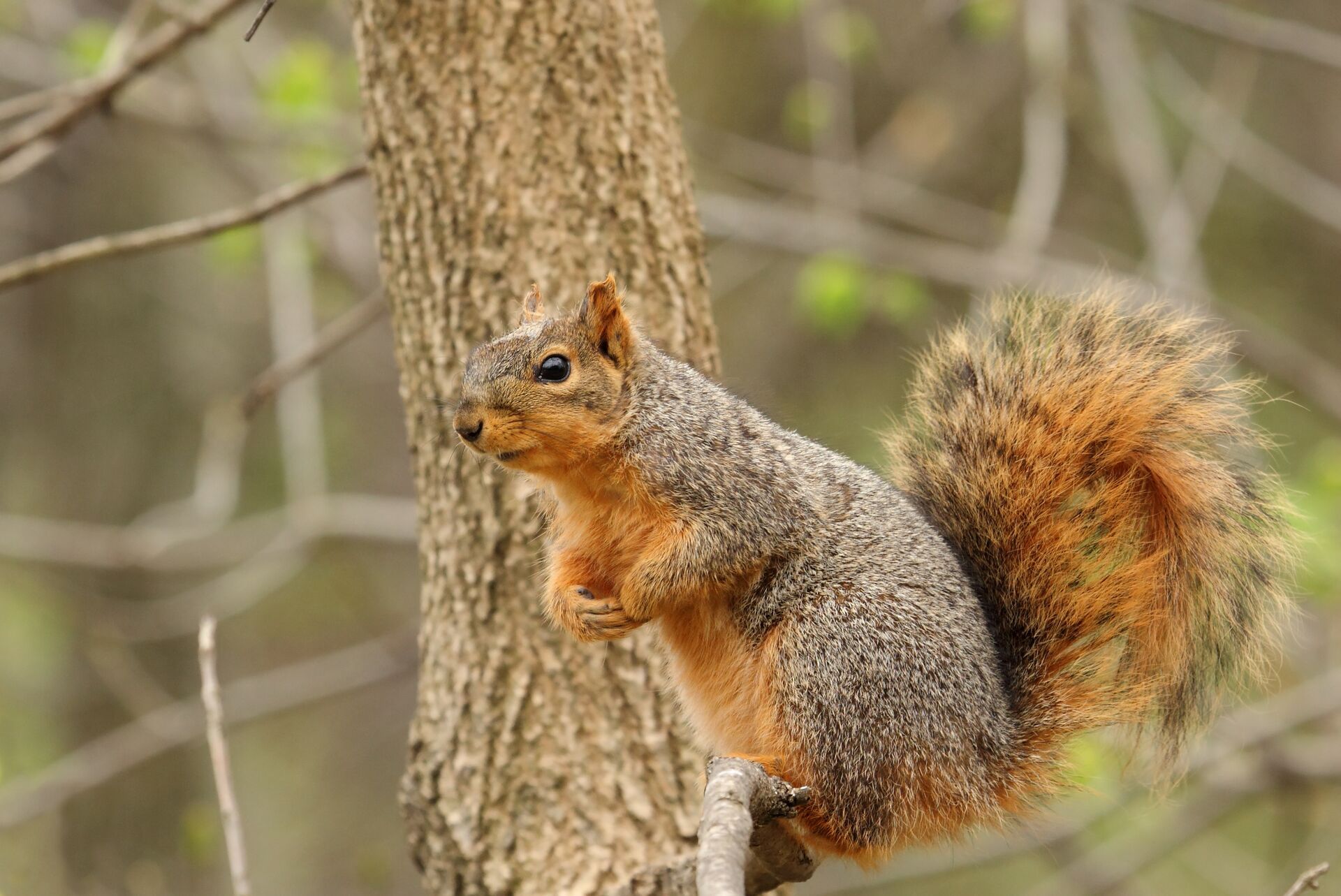
Squirrel hunts can be some of the most fun you have as a hunter. It's also an excellent animal for young and new hunters to learn about hunting and start building skills.
While you may see an abundance of squirrels in your backyard, it's still important to make sure it's legal to hunt them (i.e., the season is open). It can also help new hunters build confidence by targeting the best time for a squirrel hunt, increasing their chances of bringing home a few of these small, quick animals.
Early fall can be the best time for squirrel hunts. You can sleep in a bit and head out mid-morning after sunrise to chase these animals. Watch the weather and plan to get out on calm, dry mornings for the best chances of success.
When is the Best Time to Hunt Rabbits?
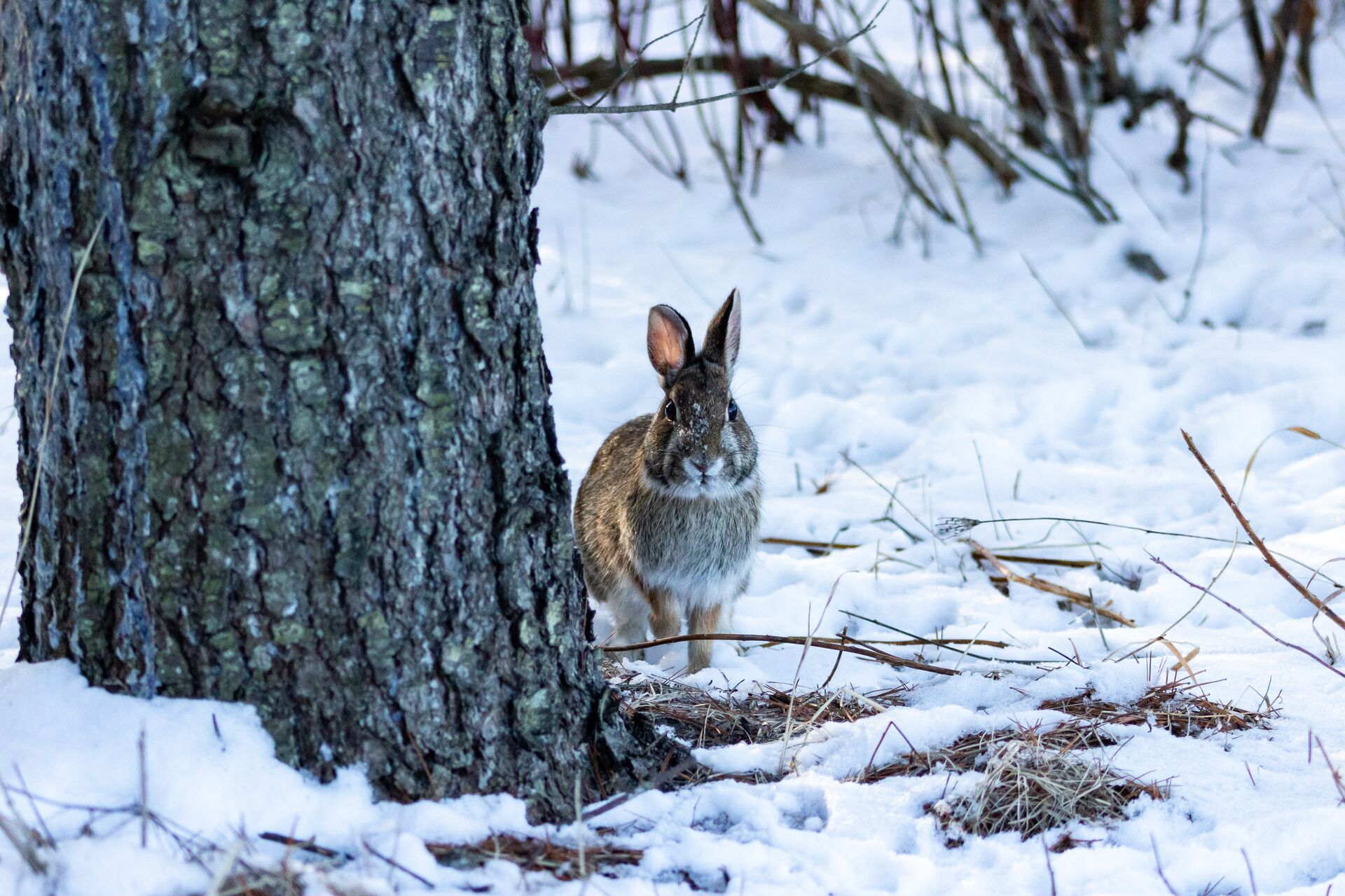
Hunting rabbits is another small game adventure, ideal for keeping skills sharp between bigger game seasons or introducing new and young hunters to the sport.
Plus, because a few rabbits can multiply into a lot of rabbits very quickly, hunting them can help control their population when they get into gardens, crops, and otherwise become a nuisance.
The best time to hunt rabbits is typically in the winter months, specifically late winter. They're most active in the mornings and evenings. Snow on the ground makes it easier to track them.
Rabbit hunts are also an excellent opportunity for a social activity with hunting buddies and good dogs (like beagles) to help you flush the animals out of brushy cover.
When Are the Best Times for Brown Bear Hunting?
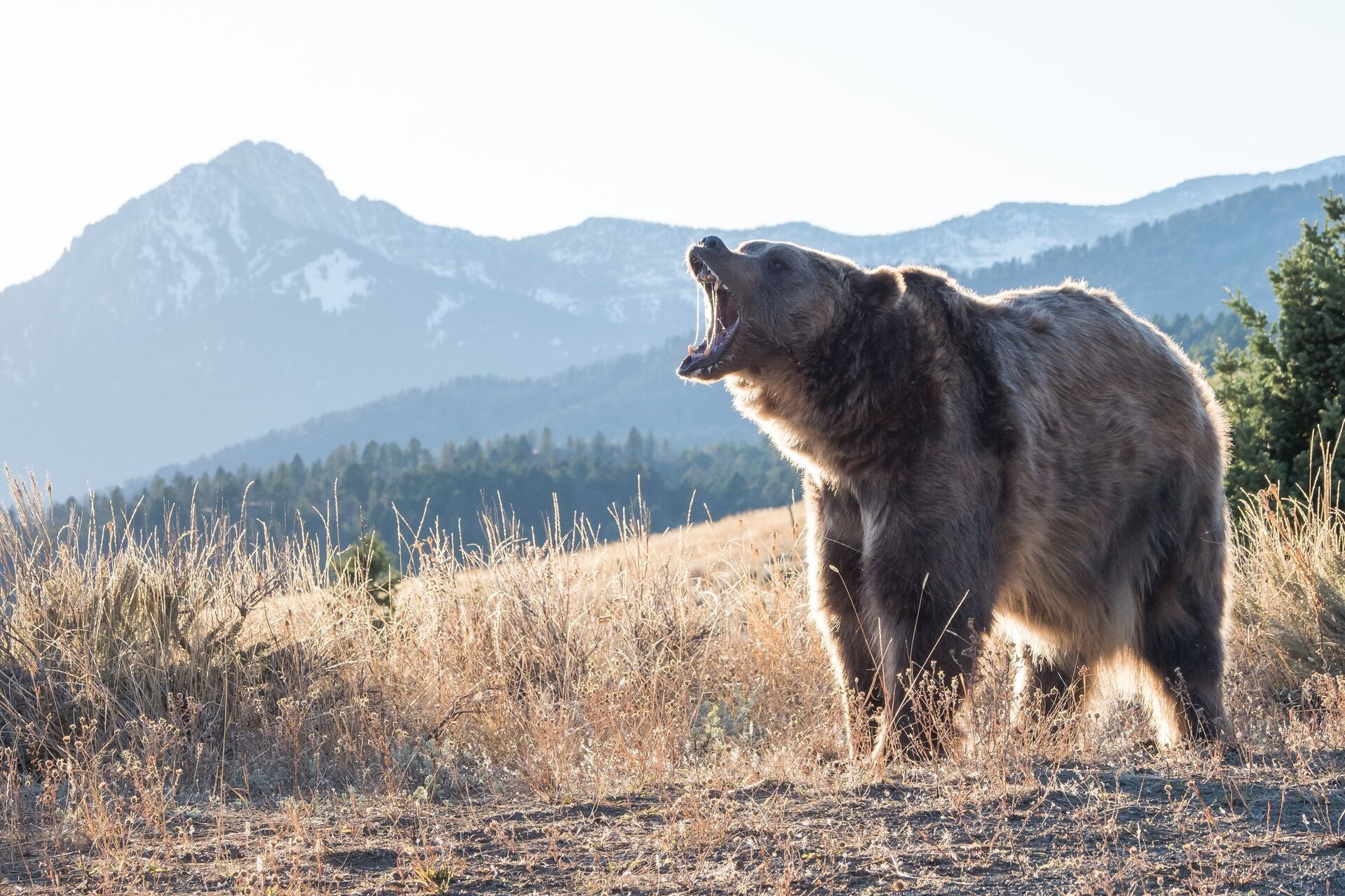
Hunting brown bears is a big-time hunt. Not unlike an elk hunt, you'll need to scout, plan, prepare, and make sure you have the right gear to bring down one of these big animals. Depending on where you hunt them (for example, in Alaska), you'll also need to budget for the adventure.
In states that offer brown bear hunting, the best times to hunt them are in Spring (May–June) and Fall (September). You'll have the best chance of catching bear activity when they make salmon runs (near water) or indulging in berries when they're in season.
Many bear-chasing hunters carry a big-bore rifle. Much like you glass for elk and other big game for Western hunts, make sure you have a good set of spotting optics to help you spot bears and set yourself up for the perfect shot.
When are the Best Times for Black Bear Hunts?
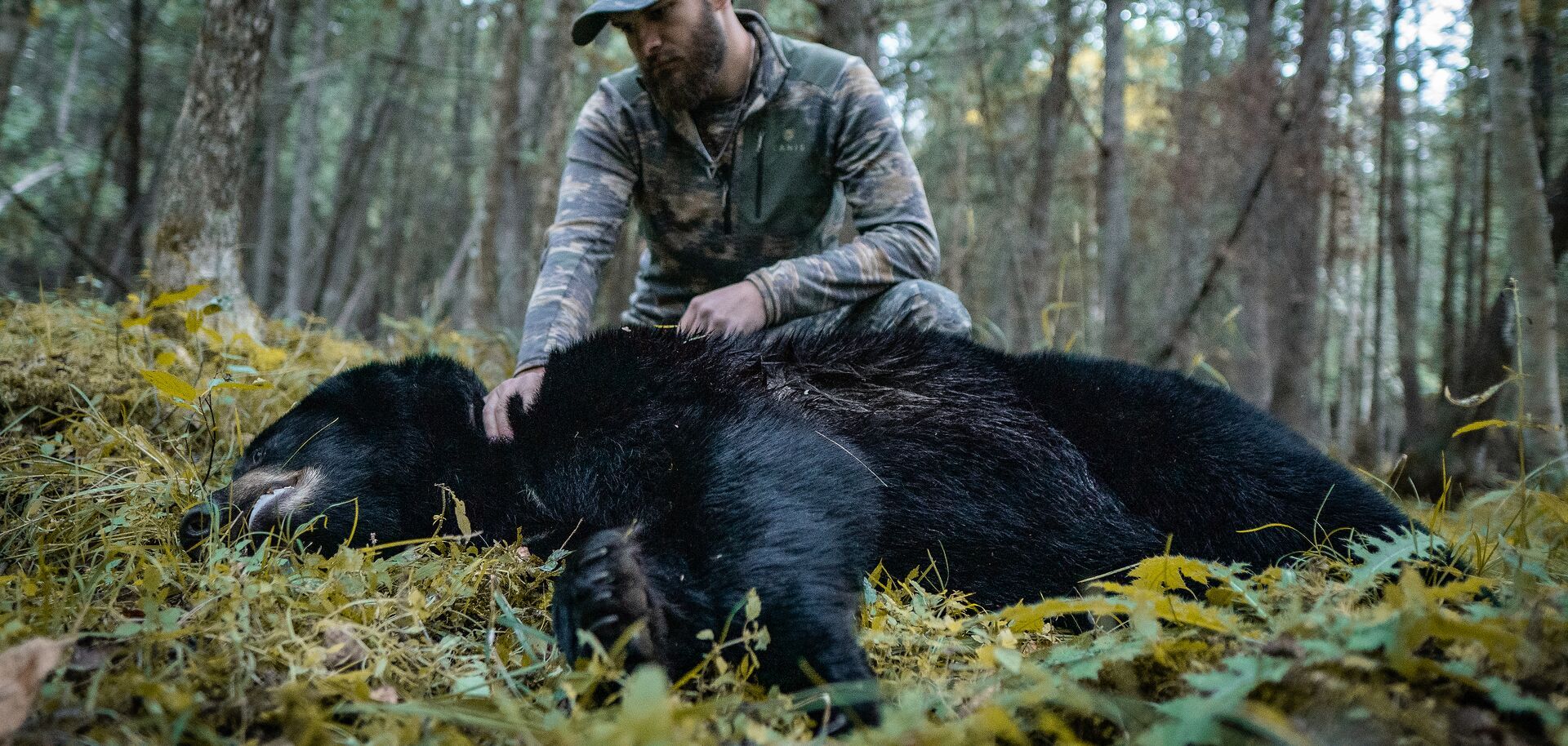
Much like brown bear hunts, the best times to hunt black bears are in the Spring (May) and the fall (August–September) in states that offer black bear hunts.
These bears also enjoy berry season, so you'll have a good chance of spotting them around that time. The best conditions for a hunt are warm days and cool nights.
To land one of these trophy animals, boost your glassing skills and move with stealth to track them. In some states, baiting is also legal.
Use Tools to Hunt at the Right Times (Without the Guesswork)
You don't have to guess about the best times to hunt, no matter the species you're after. With the insights we've shared here and the right tools and resources, you can incorporate technology and real-time animal behavior and weather insights to pinpoint the best times to get out into the field.
Trail cameras (where allowed on public or private land) can deliver invaluable insights into the movements of specific animals in your area. Keep an eye on them year-round to track their patterns and age, so you know the right time to try and get the animals you see in your sights.
You can also review local harvest reports and information from your state's wildlife agency. Sync that information with what you see firsthand in the areas you plan to hunt.
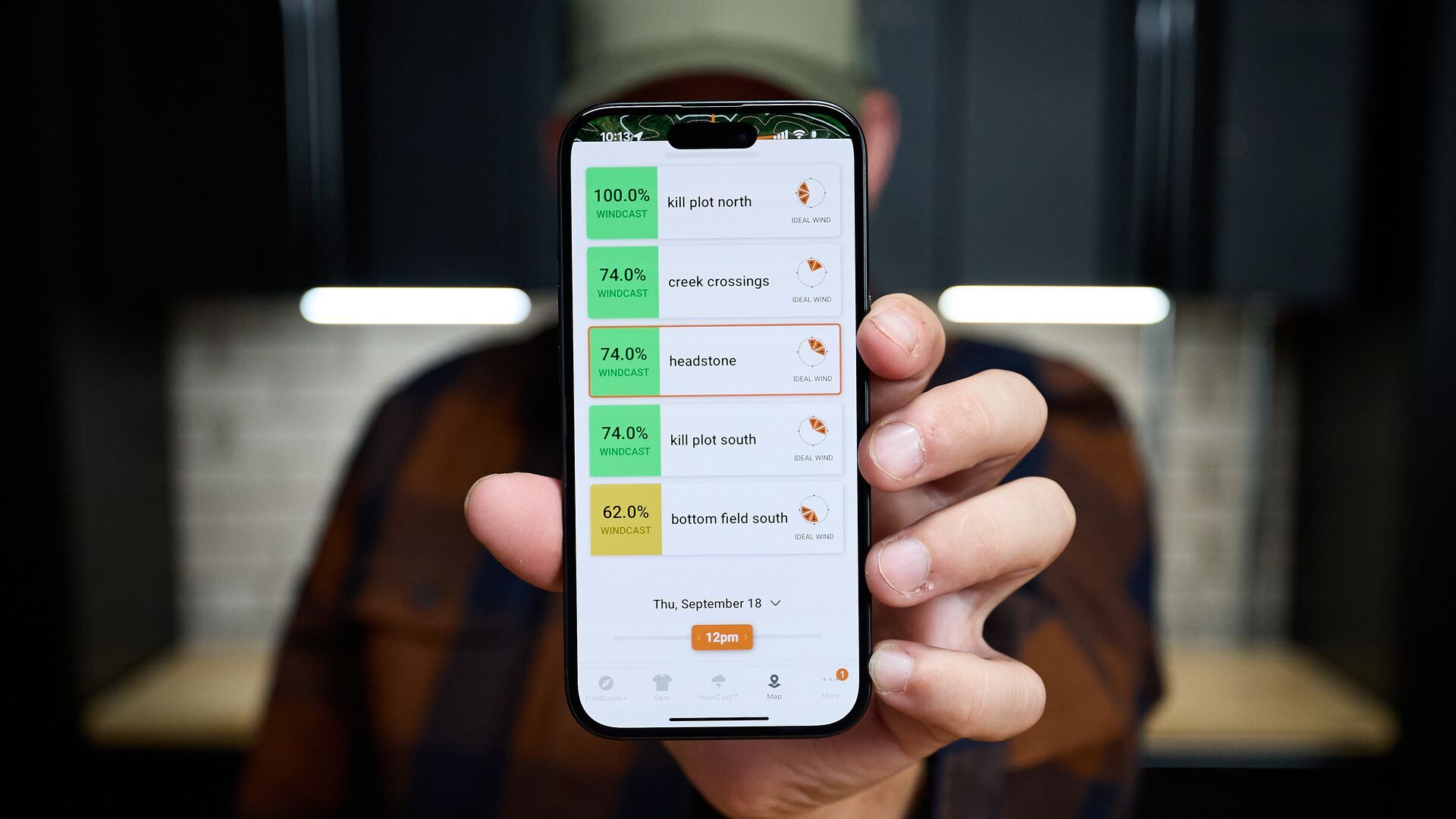
Of course, using a weather hunting app (like HuntWise) with features to track animal movement and wind also helps you dial in the right timeframes to hunt. These insights help you reduce wasted time in the field or the potential to miss out on tagging an animal when planning a big Western hunt.
Plus, the HuntWise mapping and markers features help you e-scout and make notes about potential feeding and bedding areas and travel corridors before your hunt. Go deeper with the LiDAR (Hillshade) layer and highlight potential pinch points and more.
This detailed 3-D mapping information helps you create a hunt area to explore on foot, reducing the time you spend guessing where game animals "could" be.
Instead, you're already locked onto an area where you're likely to find the game you're after when it's time to get boots on the ground. You'll know how to enter and exit an area. You can also apply WindCast wind direction insights to plan where to place your stand or blind (or be downwind from a big brown bear) to avoid getting winded.
Targeting the rut? RutCast helps you plan around the whitetail rut, so you're ready for the action of rut activity.
Timing Insights Can (and Should) Be Precise
We're not talking "generally" about when you should consider having your hunt; we're talking about estimating a few days or a week down the road when it could be a good time for potential success. We're talking about the advantage HuntWise gives you with hourly, real-time insights.
When you know you have an upcoming day with a high probability of seeing deer in your hunt area, with a specific hour-by-hour timeframe for the best time of day to be in your stand, you have an advantage over the animals and other hunters to improve your chances of tagging out.
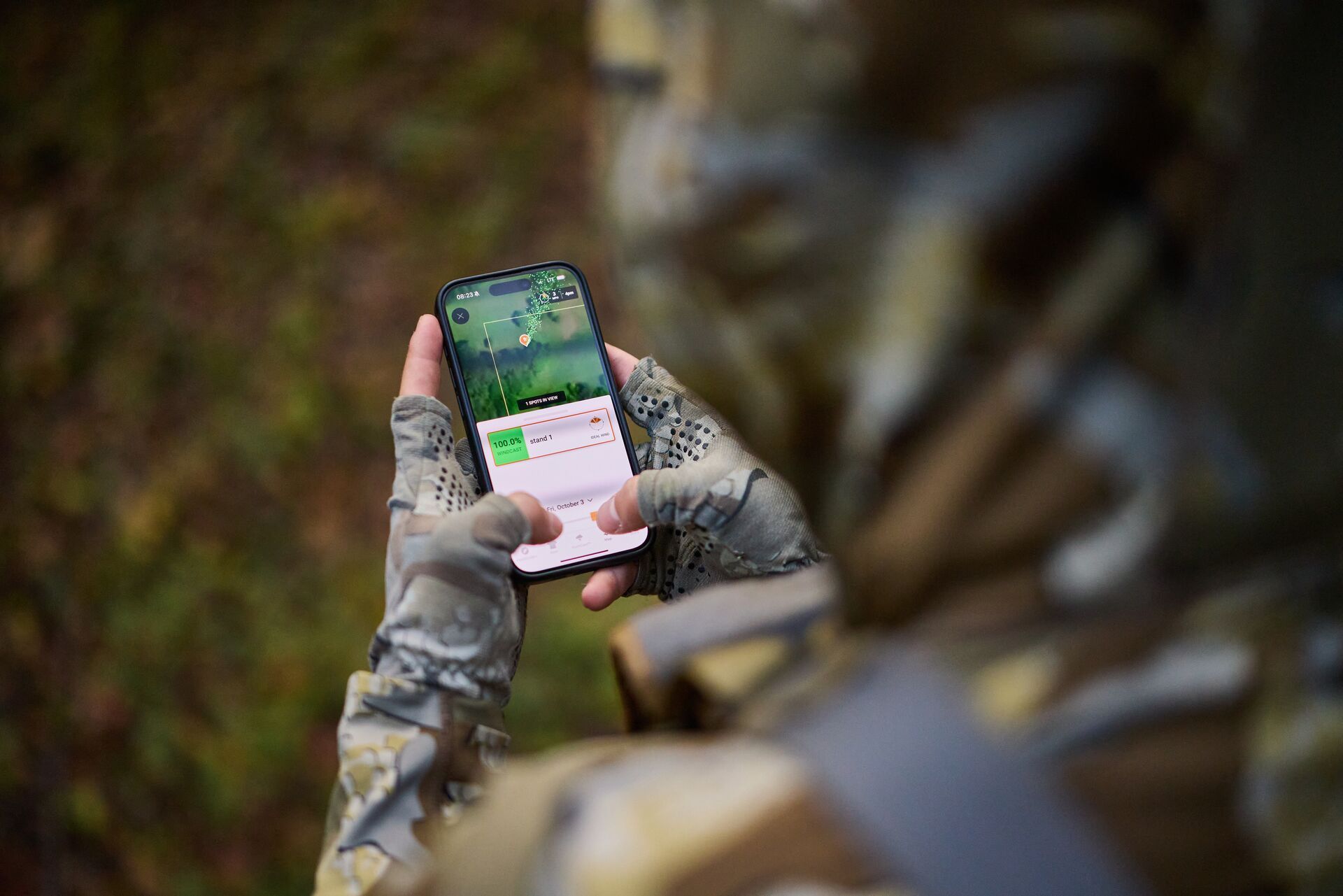
Get More Insights Into the Best Times to Hunt With HuntWise
Timing isn't luck. It's a strategy.
Every species, season, and hunting region has its prime time to hunt. Take time to study your prey before your hunt, learning everything you can about the area and the animals.
Knowing how the game you're after behaves at different times of year and in different weather conditions helps you plan better hunts. Pair that with the specific, real-time weather, wind, and animal movement insights you get from the HuntWise app, and your odds of success increase significantly.
With HuntWise, you get better insights into specific areas and species behaviors—no matter where you hunt. Whether you're after deer, bears, elk, small game, or anything else you can hunt legally throughout the year, it's the best tool for public land hunts, private landowner information, mapping, weather insights, planning around the wind, and staying up to date on animal movement.
Plan the best times to hunt this season with HuntWise.
Download it and start planning for free during your first week in the app.
Check out the video below to learn more about predicting weather and animal movement to find the best times to hunt with HuntWise and HuntCast!
Previous in Best Times to Hunt
Next in Best Times to Hunt
More Content Like This
The Best Time to Hunt Moose (2025)
Have you ever hunted moose? They are the largest animal within the deer species, with mature male bulls reaching heights up to seven feet tall with an antler span of six feet wide. Read More
Read More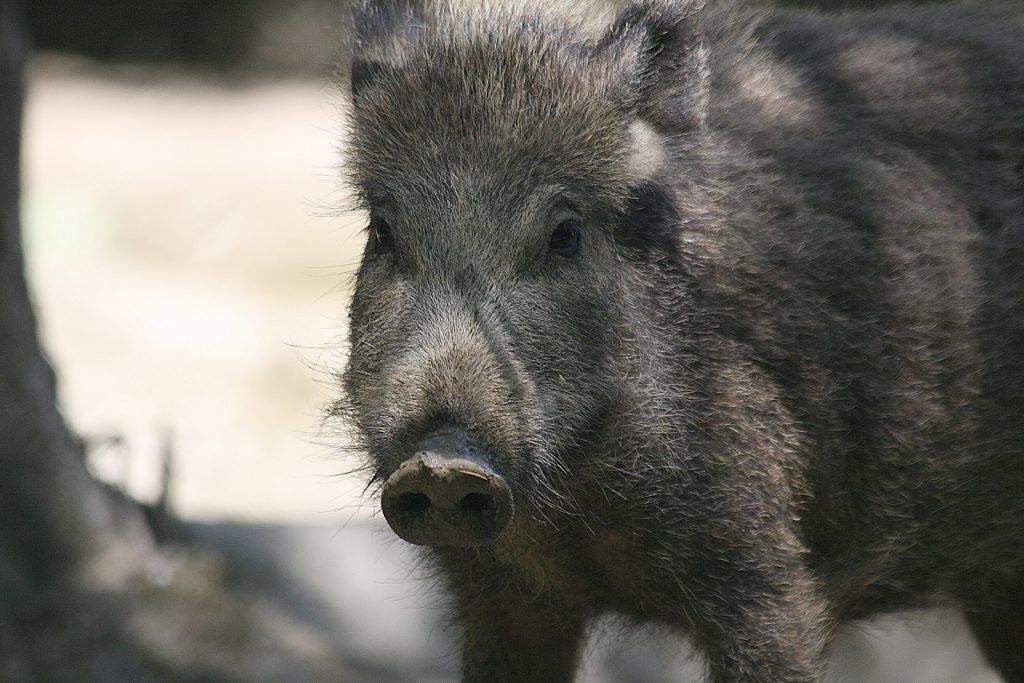
The Best Time to Hunt Wild Hogs (2025)
When should you plan a hunting trip to harvest a wild hog? The time of year and time of day can impact your success when hunting this species. For wild hogs, nights, cooler parts of the day, and winter months are typically the best times to hunt them...Read More
Read MoreThe Best Times for Upland Game Hunting (2025)
Upland game is a term for hunting upland birds such as quail, pheasant, grouse, woodcock, prairie chicken, chukar, grey partridge, and others. These birds prefer to live on the ground in heavy cover, which is why dogs are often used to help find them...Read More
Read More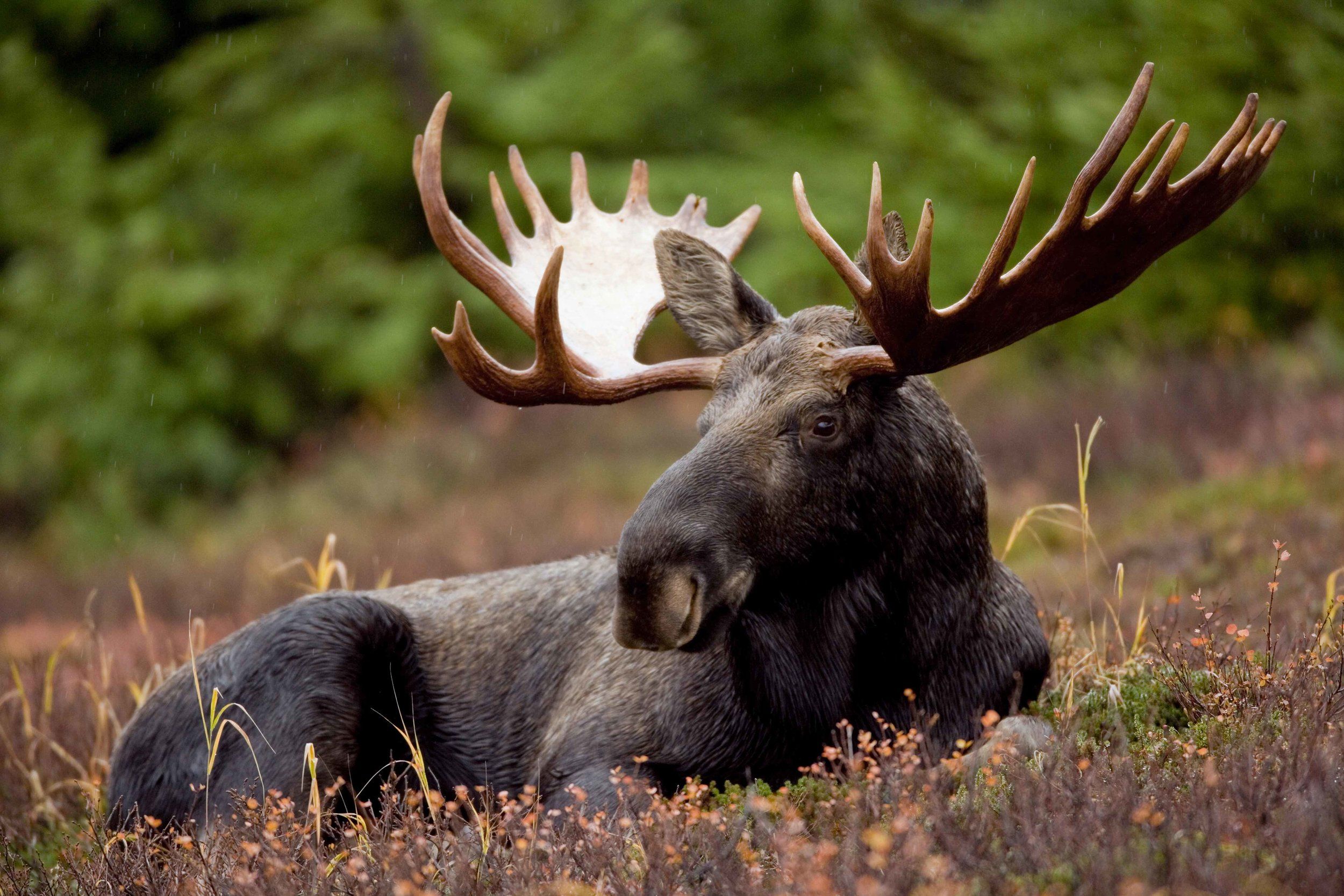 Best Times to Hunt
Best Times to HuntThe Best Time to Hunt Moose (2025)
By Teri Williams | 08/08/2025Have you ever hunted moose? They are the largest animal within the deer species, with mature male bulls reaching heights up to seven feet tall with an antler span of six feet wide. Read More
Read More Best Times to Hunt
Best Times to HuntThe Best Time to Hunt Wild Hogs (2025)
By Teri Williams | 12/03/2025When should you plan a hunting trip to harvest a wild hog? The time of year and time of day can impact your success when hunting this species. For wild hogs, nights, cooler parts of the day, and winter months are typically the best times to hunt them...Read More
Read More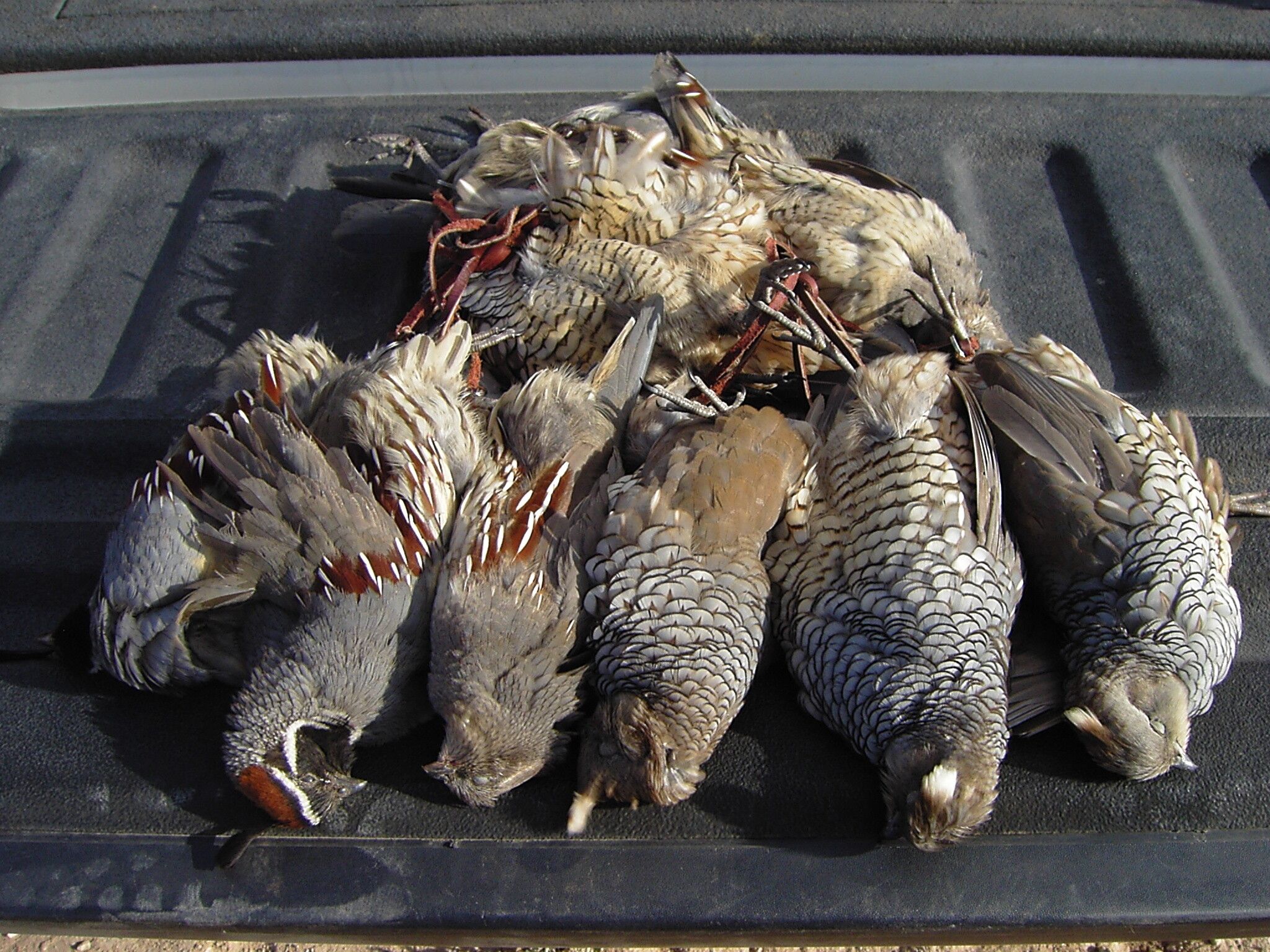 Best Times to Hunt
Best Times to HuntThe Best Times for Upland Game Hunting (2025)
By Teri Williams | 09/26/2025Upland game is a term for hunting upland birds such as quail, pheasant, grouse, woodcock, prairie chicken, chukar, grey partridge, and others. These birds prefer to live on the ground in heavy cover, which is why dogs are often used to help find them...Read More
Read More
1 of 3
